DROPS Snow
Excellent for felting!
from:
1.80£
2.20€
Content: 100% Wool
Yarn Group:
E (9 - 11 stitches)
/ 14 ply / super bulky
Weight/length: 50 g = approx 50 m
Recommended needle size: 9 mm
Knitting tension: 10 x 10 cm = 10 sts x 14 rows
Care: Hand Wash, max 30°C / Dry Flat
/ Feltable
Superwash: no
Made in: EU
Raw material origin: Wool from South America
This yarn has an Oeko-Tex® certification (certificate number 25.3.0099), Standard 100, Class I from the INNOVATEXT TEXTILE ENGINEERING AND TESTING, HUNGARY. This means that is has been tested for harmful substances and is considered safe in human-ecological terms. Class I is the highest level, and it means the yarn is suitable for baby articles (ages 0-3).
*DROPS Snow is the new name for DROPS Eskimo
DROPS Snow is a soft, thick and easy to use single stranded yarn spun from 100% pure wool, that results in warm and comfortable garments, and that is ideal for felting. The wool fibers used in this yarn are untreated, which means that it is only washed and not exposed to any chemical treatment prior to the dyeing. This highlights the fiber’s natural properties, while it also provides a better shape and texture quality.
A really popular winter yarn, DROPS Snow is available in 2 different types of shades: uni colour, a selection of solid colours and mix, where more than one colour is carded together before spinning for a mixed effect.
Read more about our products' sustainability here
Please be aware that the colours shown may vary from screen to screen in the same way that shades may vary slightly from dye lot to dye lot.
First of all, consider just airing the garment, instead of washing it. If you still desire to wash it, here are some guidelines:
- Hand wash at 30ºC - separately - with wool detergent without enzymes or optical brighteners.
- Don’t let the garment soak. Move the garment gently back and forth, do not rub or squeeze it.
- Rinse the garment until the rinse water is completely clear, making sure the water temperature stays uniform.
- Do a light centrifugation of the garment (about 800rpm), choosing a program that DOES NOT take in water at the start. Or press carefully the water out of the garment with a dry towel. The garment shouldn’t be twisted or rolled.
- To dry the garment, shape it and lay it flat - do not hang - ideally on a warm bathroom floor or on top of a drying rack in a room with good air circulation. Never dry the garment in direct sunlight.
- Don’t tumble dry.
- Never iron the garment directly. Use always a damp cloth between your steaming iron or regular iron and the garment.
Note: If you are washing a project made with this yarn combined with another, the general guideline is to follow the washing instructions for the most delicate of the yarns you are working with.
Thinking about felting this yarn?
See how this yarn looks before and after felting:
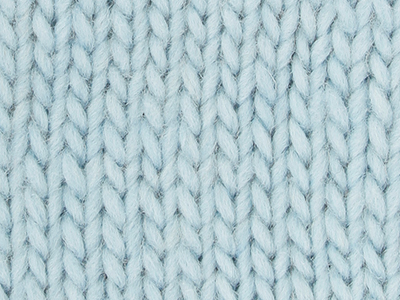
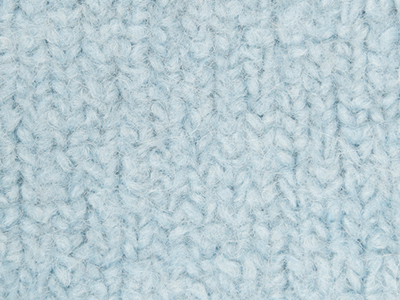
Needles: 9.00 mm
Before: 10 sts x 14 rows
After: 13 sts x 24 rows
Do you have a question about this yarn?
See a list of frequently asked questions (FAQ) about our yarns.
1) What type of fibers make the DROPS yarns?
Yarn can be made from a large number of natural and synthetic fibers. DROPS carries mainly yarns made from wool, cotton, alpaca, linen, mohair and silk. Each fiber type has its own qualities, and they are often mixed to take advantage of the best properties of each one. Coarse yarn has the advantage of being stronger and more durable, and finer fibers offer more softness and comfort. Here a bit about the main fibers we carry:
Alpaca:
Alpaca fleece is the natural fiber harvested from an alpaca, and it is similar in structure to sheep wool fiber. Its softness comes from the small diameter of the fiber, similar to merino wool. It is a soft, durable, luxurious and silky natural fiber. Yarn made from alpaca fibers does not felt or pill easily, and it can be light or heavy in weight, depending on how it is spun. While similar to sheep’s wool, it is warmer, not prickly, and has no lanolin, which makes it hypoallergenic. Alpacas come in 22 natural colors, with more than 300 shades from a true-blue black through browns-black, browns, white, silver and rose-greys.
Mohair:
This fiber comes from the Angora goats, and it's considered a luxury fiber. Mohair yarn is warm as wool, but much lighter in weight; it is durable, dyes well and does not felt easily. Mohair fibers have also a distinctive luster created by the way they reflect light. Despite being a hard fiber, mohair is usually spun into a very fluffy yarn, resulting in airy and lustrous garments.
Wool:
The wool fibers come from the skin of sheep and are relatively coarse fibers. Two striking characteristics of wool are its susceptibility to heat and its felting property, which is caused by the scales on the surface. Depending upon the breed of sheep, the appearance of the wool varies.
Wool from Merino sheep is considered the finest type of wool, having as characteristics that is finely crimped and soft. All the Merino wool in the DROPS yarns has its origins in South America, coming from sheep that have not been subject to Mulesing.
Pure new wool is wool made directly from animal fleece, and not recycled from existing wool garments.
Machine washable wool is wool treated chemically to minimize the outer fuzzy layer of the fibers, and be therefore fitable for machine wash (see Superwash).
Silk:
The silk fiber is a fine continuous fiber produced from the cocoon of a moth caterpillar known as the silkworm. While silkworm is cultivated, the wild or tussah silk is obtained from uncultivated silkworm cocoons. Silk fiber is one of the strongest natural fibers and makes a wonderful knitting yarn. It blends really well with other fibers, especially wool. Silk also dyes beautifully with natural dyes.
Vegetable fibers:
There are several varieties of vegetable fibers, found in the cell walls of plants or vegetables. Of all the varieties, two are recognized as major knitted or textile fibers. They are cotton and linen.
Cotton is the fiber surrounding the seeds in a cotton pod, and it is almost pure cellulose. Cotton is usually white in color but there are green and brown varieties as well. The cotton fiber is most often spun into yarn or thread and used to make a soft, breathable textile that is good for summer clothing and accessories, making a weaker yarn than silk or linen but stronger than wool.
Mercerized cotton is cotton that has been through a mercerization treatment. This treatment gives cotton fabrics and threads a lustrous yarn that is more lustrous than conventional cotton. It is also stronger, takes dye a little more readily, makes the yarn more resistant to mildew and reduces lint. It also may not shrink or lose its shape as much as "regular" cotton.
Linen is a fiber derived from the stalk of the flax plant that is durable and stronger than any other fiber. The linen fiber is relatively soft, straight and lustrous and becomes more beautiful with age. Linen is more comfortable to wear in hot temperatures than cotton, due to the fact that it absorbs moisture better and dries more quickly.
Other materials used in our yarns include synthetic fibers such as acrylic, viscose, polyamide (nylon) and polyester. These fibers are used mostly to give strength to a yarn (like our sock yarn, DROPS Fabel) or a special kind of structure (like our blown yarn, DROPS Air).
The polyamide fibre, commonly known as nylon, is very strong, durable, lightweight, easy to care for (can be machine washed and dried), and elastic, which makes it perfect for blending with other fibres to produce hard-wearing yarns like sock yarn.
Compared to polyester, polyamide is softer and more flexible, but it also absorbs more water and dries slower.
3) What type of information can I find on the DROPS yarn labels?
All DROPS yarn labels include information about fiber content (wool, cotton, etc.), weight in grams and ounces, length in meters and yards, washing instructions and symbols (explained here), color number, dye lot number and yarn group information.
4) What are the DROPS yarn groups?
All DROPS yarns are classified into 6 different thickness groups (A to F). Yarns in a same group have similar knitting tension/gauge, and can therefore be interchanged in patterns; however the length may be different, so when substituting always calculate the amount of meters/yards needed for the pattern to know the amount of yarn you need to get.
5) Can I use a different yarn than the one mentioned in the pattern?
Yes, as long as the yarn can be worked in the same knitting tension/gauge. Always swatch to make sure you get the same number of stitches in width and rows in height as given in the pattern.
Remember that different yarns with different textures, will give the garment different looks. The yardage/length may also be different, so when substituting always calculate the number of yards needed, in order to know the amount of yarn you need.
Read more about how to calculate the amount of an alternative yarn - and how to replace 1 thread of a yarn with 2 or more of another, here.
6) What does it mean when a yarn is “Superwash”?
A superwash wool is a special wool product that has been treated or processed in a way that allows it to be machine washable. Many people are afraid to work with wool because it is so easy to shrink (though some shrink wool on purpose) and superwash wool can allow them to work with great fibers without worry. (Read more here).
7) What does “Oeko-Tex® certified” means?
The Oeko-Tex® Standard 100 was introduced at the beginning of the 1990s as a response to the needs of the general public for textiles which posed no risk to health. The Oeko-Tex® Standard 100 is a globally uniform testing and certification system for textile raw materials, intermediate and end products at all stages of production. The test for harmful substances comprise substances which are prohibited or regulated by law, chemicals which are known to be harmful to health, and parameters which are included as a precautionary measure to safeguard health.
For more info go to www.oeko-tex.com
10) How accurate are the colours on the shade cards online?
When obtaining images for the shade card, we do our best to achieve the highest level of color accuracy. Unfortunately, we cannot guarantee how images will appear on your computer screen. Every monitor displays color differently, some colors might look darker than they really are, and some colors might be more saturated on some screens. If you experience that many of the yarn colors looks different on your screen than the actual color of the skeins, you can adjust the setting on your monitor.
11) What is a micron? What does super fine / extra fine mean?
The fineness of yarn fibers is measured in microns (thousands of millimeters). Super fine alpaca wool is 26-28 microns. Fine merino wool is less than 21.5 microns and extra fine merino is under 19.5 microns. The less microns the softer and more delicate a quality can be, the more microns the more hard wear the quality will be.
The reason why the microns in a yarn’s fibers are important is that the yarn will eventually become something else, and how delicate or coarse a yarn is will determine in part what we use it for. That’s why we recommend the softest yarns (like DROPS Baby Merino) for baby clothing, or why we choose to use a more hard wear yarn like DROPS Snow, for a seating pad or slipper.
12) Why are the colours in my skeins of print yarn different?
The reason why two skeins of a same print yarn look different can be 1) that both skeins are part of different dye lots; 2) that the skeins have been dyed using a technique called "magic print" (the one used for example in DROPS Delight), which provides unique patterns and smooth colour transitions to each skein, meaning also that within one dye lot, lighter or darker varieties might appear. This is no fault or defect, but part of the yarn's character.
13) My store doesn’t have the colour I want, what can I do?
If your DROPS store doesn’t have the yarn colour you want, try contacting a DROPS Super Store (the ones with the golden badges) - they will make sure to get a hold of the colour even if they don’t have it in stock themselves. See a list of all DROPS stores here.
14) Where can I find a specific dye lot of a colour?
Always try contacting your DROPS store first. If they do not have the dye lot you want we recommend you to ask other knitters and crocheters in the DROPS Workshop in Facebook or Ravelry, which may have the dye lot in their stash and might be willing to part from it.
Yarn sheds because there's not enough twist to hold all of the fibers together. All yarns have excess fibers (from production) that might come off as lint or shedding, in varied degrees that depend on how the yarn is spun. Brushed yarns ("hairier" yarns) like DROPS Melody, have more of these loose fibers than other yarns, and therefore shed more. Shedding also depends on what is worn under or over the garment, and whether this pulls at the yarn fibers. It’s therefore not possible to guarantee that there will be no shedding.
Below are some tips on how to get the best result when working with hairier yarns:
- When the garment is finished (before you wash it) shake it vigorously so the looser hairs come off. NOTE: do NOT use a lint roller, brush or any method that pulls at the yarn.
- Place the garment in a plastic bag and put it in your freezer - the temperature will cause the fibers to become less attached to each other, and excess fibers will come off easier. Leave in the freezer for a few hours before taking it out and shaking it again.
- Wash the garment according to the instructions on the yarn label. Garments worked with hairier yarns usually need to be shaken once dry after washing, so that the hairs rise and any excess fibers can come off.
Pilling is a natural process that happens to even the most exclusive of fibers. It's a natural sign of wear and tear that is hard to avoid, and that is most visible in high friction areas of your garment like a sweater's arms and cuffs.
You can make your garment look as new by removing the pilling, using a fabric comb or a pill/lint remover.
How can I replace this yarn?
If you are looking to replace this yarn with another DROPS yarn, you can use another yarn within the same yarn group, or try our yarn converter!
Other yarns in Yarn Group E
Read more about replacing yarn.Have a problem with the DROPS yarn you purchased?
When you purchase yarn from the shade cards or patterns on our site, you are not buying directly from DROPS but from one of the hundreds of DROPS stores around the world. It is therefore important that you take contact with the DROPS store where you bought the yarn, and that you save the labels of all the skeins you purchased (they are your warranty).
The DROPS store you contact will assist you and escalate the claim if necessary. Find a list of DROPS stores here.
Comments / Questions (354)
![]() Randi Petersen wrote:
Randi Petersen wrote:
Hejsa, Mangler 3-5 nøgler Eskimo, farve 46- lot 6032 Er det noget, I kan hjælpe med. Vh Randi
18.11.2017 - 07:57DROPS Design answered:
Hei Randi. Prøv å legg ut ditt spørsmål på vår Facebook side og DROPS Workshoop. Der er det mange hyggelig folk som liker å hjelpe hverandre. Lykke til!
29.11.2017 kl. 13:14
![]() Tove Berg wrote:
Tove Berg wrote:
Ønsker å erstatte air dobbelt garn med eskimo enkelt garn. Hvor mye eskimo trenger jeg for å erstatte 350 gram air?
15.10.2017 - 14:59DROPS Design answered:
Hei Tove. Her er en link hvordan du selv kan regne ut garnmengde: Omregn garnmengde fra en kvalitet til en annen. Eller les under: 350 gram Air = 7 nøster, 1 nøste = 150 meter. 7 nøster x 150 meter = 1050 meter. Siden du bare trenger 1 tråd Eskimo deler man 1050 på 2 = 525. Man trenger 525 meter garn. 1 nøste Eskimo = 50 meter. 525 meter Air del på 50 meter = 10,5. Man trenger da 11 nøster Eskimo. God Fornøyelse!
17.10.2017 kl. 08:59
![]() Alexandra Lann wrote:
Alexandra Lann wrote:
Hi , I just started knitting a shirt and was going to buy more of a yarn. But can't find it anywhere :( It's the colour 70. Do you have any of it I can buy ??? Thank you
09.10.2017 - 19:32DROPS Design answered:
Dear Mrs Lann, colour 70 is now discontinued, you can email the different stores shipping to your country to ask them if they still have some. Happy knitting!
10.10.2017 kl. 13:22
![]() JUNG wrote:
JUNG wrote:
Bonjour Je voudrais réaliser une couverture pour enfant au crochet (point soufflé en zizag) d'environ 58 cm x 72 cm. Combien me conseillez-vous de pelotes ? Cette laine ne peut elle est entretenue en machine au cycle laine ? Avec un bébé il faut souvent laver ! Merci pour votre réponse. Cordialement J. JUNG
22.09.2017 - 16:53DROPS Design answered:
Bonjour Mme Jung, il vous faudrait faire un échantillon pour calculer la quantité nécessaire, en fonction de votre tension et du point utilisé. DROPS Eskimo se lave à la main, vous trouverez ici plus d'informations sur l'entretien, votre magasin DROPS saura également vous renseigner. Bon crochet!
25.09.2017 kl. 11:20
![]() Laura wrote:
Laura wrote:
Buona sera volevo chiedere se questo tipo di filato puó essere lavorato con uncinetto 6. Se non dovesse andare bene quale altro filato potrei utilizzare? Grazie
16.09.2017 - 16:57DROPS Design answered:
Buongiorno Laura. Si può usare l'uncinetto 6 con questo filato. Buon lavoro!
17.09.2017 kl. 16:24Carol Magnuson wrote:
Can you order 6 50g balls of Christmas red #56 of Drops Eskimo so I can knit a Little Peach cape for my grandchild? Is only available at wholesale site.
27.03.2017 - 15:42DROPS Design answered:
Dear Mrs Magnuson, you are welcome to contact your DROPS Store, even per mail or telephone, they will be able to give you more informations about their stock. Happy knitting!
28.03.2017 kl. 09:37
![]() Regina wrote:
Regina wrote:
I just knit a sweater with Eskimo yarn in the cream color. My sweater is really shedding. What will I do to keep it from doing that? Thank you!
20.02.2017 - 14:51DROPS Design answered:
Dear Regina, some loose strands may leave at the beg, but then by and by when they all are away and shedding will stop. Happy knitting!
21.02.2017 kl. 11:00
![]() Isabelle wrote:
Isabelle wrote:
Kleur 22 legergroen is eerder bruin dan groen. De kleur in de afbeelding klopt dus niet geheel volgens mij. Ik heb de kleur op verschillende monitors bekeken, maar ook daar lijkt hij groener dan in werkelijkheid. Erg jammer!
14.02.2017 - 14:33
![]() Sara wrote:
Sara wrote:
Salve se non voglio infeltrire il lavoro che indicazioni per il lavaggio devo eseguire? Questo filato si può usare anche senza infeltrire? Grazie
10.02.2017 - 17:27DROPS Design answered:
Buongiorno Sara. Può usare il filato senza infeltrirlo. Le consigliamo di lavare il capo a mano, ad una temperatura non superiore ai 30°, con poco detersivo. Asciughi il capo steso su una superficie piana e senza usare l'asciugatrice. Buon lavoro!
11.02.2017 kl. 00:45
![]() Sharon wrote:
Sharon wrote:
I have not felted before but would like to use this to make a cat bed. What temperature would you recommend using to felt it?
08.02.2017 - 00:33DROPS Design answered:
Dear Sharon, please find all relevant informations about felting. And remember, your DROPS store may also help you with tips & advices. Happy knitting!
08.02.2017 kl. 08:48
![]() Dorthe Juul Jensen wrote:
Dorthe Juul Jensen wrote:
Vil gerne hækle en vest til filtning, men hvor meget kryber den, når der filtes? Evt i ℅. Skal passe Str. 46 i færdigmål.
02.02.2017 - 09:21DROPS Design answered:
Hej Dorthe. Det ved jeg ikke, fordi det er afhaengigt af hvilken p du strikker paa og hvor meget den kryber i din maskine. Saa strik en pröve först, filt den og maal hvor meget den kryber.
02.02.2017 kl. 13:04
![]() Gui Trigo wrote:
Gui Trigo wrote:
Boa tarde. Tenho feito imensas pantufas com Drops Eskimo, por isso esgotei o stock que tinha; fiquei desolada quando vi que não existe Eskimo Tweed em catálogo! Não vão voltar a ter? Os print, tweed e mix são os melhores para pantufas, já que são para andar no chão, mas já há poucas opções... Irão voltar a ter Eskimo tweed ou mais cores Eskimo Print? Obrigada
17.01.2017 - 15:25DROPS Design answered:
O fio Eskimo Tweed e Print foi efectivamente descontinuado. No entanto, pode ser que alguma das nossas lojas DROPS ainda tenha em stock algumas cores. É uma questão de perguntar na sua loja Drops.
20.04.2017 kl. 13:53
![]() Marisa wrote:
Marisa wrote:
Buenos días. La lana Eskimo está escrito que es fieltrable. Es posible saber aproximadamente qué tanto por ciento encoge a 40 grados?
15.01.2017 - 15:21DROPS Design answered:
Hola Marisa. Aquí tienes toda la información sobre el fieltrado: https://www.garnstudio.com/lesson.php?id=31&cid=23
29.01.2017 kl. 14:40
![]() Federica wrote:
Federica wrote:
Ho realizzato diversi capi con questo filato, in vari colori. Premetto che mi piace molto, sia come lavorazione sia come resa finale e non ho infeltrito la lana, dato che ho lavoraro principalmente sciarpe. Purtroppo però, ho notato, lascia parecchi "pelucchi" sui capi su cui viene indossato. Come posso risolvere il problema?
12.12.2016 - 15:34DROPS Design answered:
Buonasera Federica, è una caratteristica intrinseca del filato, non ci sono accorgimenti da utilizzare. Buon lavoro!
12.12.2016 kl. 19:59Therese wrote:
I can't find this wool anywheres locally can I substitute with other wools ?
07.12.2016 - 23:24
![]() Pernille H. wrote:
Pernille H. wrote:
Skønne farver. I skriver at DROPS Eskimo er blødt, det lyder skønt, men stikker det? Er det bedre at købe merino, hvis jeg vil være helt sikker på, at garnet ikke stikker overhovedet. Jeg er lidt sart. Venlig hilsen Pernille H.
01.11.2016 - 13:07DROPS Design answered:
Hej Pernille. Hvis du er meget fölsom overfor uld, saa ville jeg ikke bruge Eskimo. Jeg ville erstatte med 2 traade Big Merino - det er meget blödt og dejligt, men husk altid at strikke en pröve saa din strikkefasthed stemmer.
02.11.2016 kl. 10:08
![]() Kristine wrote:
Kristine wrote:
Har et spørsmål angående fargen gul (24) i garnet eskimo. På fargeoversikten ser gulfargen veldig sterk ut, men på bildet med tre garnnøster sammen (et i grønn, et i orange og et i gul) så virker den mye dusere. Hvilket av bildene vil dere si stemmer best overens med virkeligheten?
25.09.2016 - 16:11DROPS Design answered:
Hej Kristine. Det er jo lidt forskelligt hvordan farven opfattes paa pc, men min mening er at den er rigtig solgul, saa ikke mere "sennepsgul", hvis det er det du mener.
26.09.2016 kl. 11:13
![]() Mona Lillehol wrote:
Mona Lillehol wrote:
Hei, Har dere byttet navn på farge 21. I oppskrift BabyDrops 14-21 står det at fargen heter jeansblå, men på hjemmesiden heter fargen blåfiolett. Gjelder garntype Eskimo.
06.09.2016 - 14:49DROPS Design answered:
Hej Mona. Ja, den har bare faaet nyt navn. Farven er ikke aendret.
07.09.2016 kl. 13:18Rachel wrote:
Can you please tell which Eskimo Uni colour yarns match the colours in the spice mix. Thanks!
24.07.2016 - 04:04DROPS Design answered:
Hi Rachel. Please contact one of our stores to help you with this :-)
25.07.2016 kl. 09:32
![]() Thora Skulad wrote:
Thora Skulad wrote:
Er að reyna að leggja inn pöntun á garni en fæ alltaf: Your address contains links or forbidden words! Sé ekki neitt í adressunni sem ég get lagað. Búin að taka alla íslenska stafi út og virkar samt ekki að senda inn pöntun.
21.07.2016 - 17:26DROPS Design answered:
Ef þetta er ekki að ganga hafðu samband við einhverja af verslunum sem eru í dálknum Finna verslun og þær verslanir senda þér hvert á land sem er.
07.04.2017 kl. 10:17Verónica Quiroz wrote:
Donde encuentro lanas Drops en Chile.
14.05.2016 - 17:39DROPS Design answered:
Hola Veronica. Aún no tenemos distribuidores en Chile. Puedes encontrarlas en la página web, en el apartado tiendas DROPS, aquellas que envían a todo el mundo.
17.05.2016 kl. 09:23
![]() Janet Ferguson wrote:
Janet Ferguson wrote:
I am not used to crocheting from charts. I am left-handed, and trying to make Extra 0-1237 seating pad. Could you produce a video in reading charts if one is left-handed. Is the beginning chain 3 counted as the first dc in rows 1-4? Would I get the same result if I printed the chart as a mirror image, and started on the left side, and worked toward the right? Also, Eskimo is E weight, 14 ply. Does C +C mean I could substitute two strands of aran C weight, 10 ply?
04.05.2016 - 03:27DROPS Design answered:
Dear Mrs Ferguson, in diagrams like in DROPS Extra 0-1237, every round is read from the right towards the left - you'll find diagram text over diagram (round 1-4 start with 3 ch and finish with 1 sl st in 3rd ch from beg of round) - You can get further individual assistance for left-handed crocheters from your DROPS store. Read more about groups and alternatives here. Happy crocheting!
04.05.2016 kl. 09:13
![]() Patricia wrote:
Patricia wrote:
The Eskimo uni color yarn is not on sale at the store...Is it normal? Thank you!
03.05.2016 - 11:21DROPS Design answered:
Dear Patricia. If the store sells uni colour Eskimo, this should also be in sale right now. Contact the shop to inform or let us know if there are any problems.
09.05.2016 kl. 10:43
![]() Jamie wrote:
Jamie wrote:
I was going to order some Eskimo uni color yarn. On the website, it shows it's on sale, but when I add it to my cart via the website and go to check out, it's listed at full price. How do I get the sale price?
01.05.2016 - 14:51DROPS Design answered:
Dear Jamie, it looks like the DROPS Superstore has now updated their prices, you can now place your order and get the discount. Happy knitting!
02.05.2016 kl. 13:22






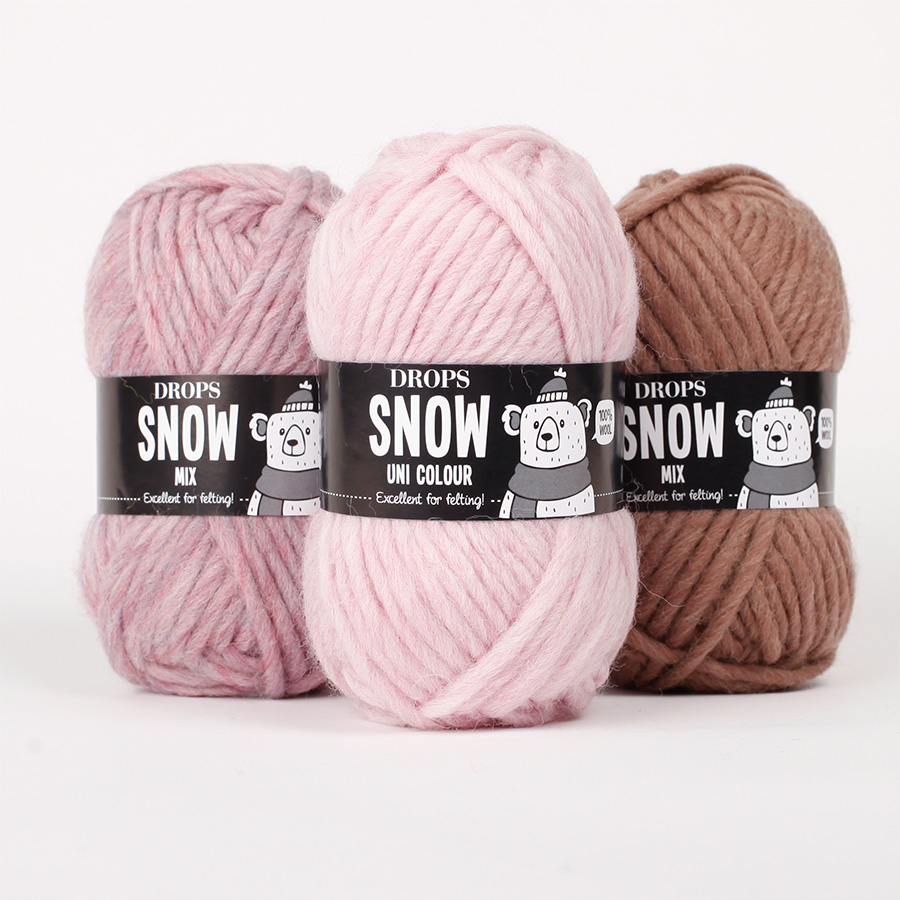
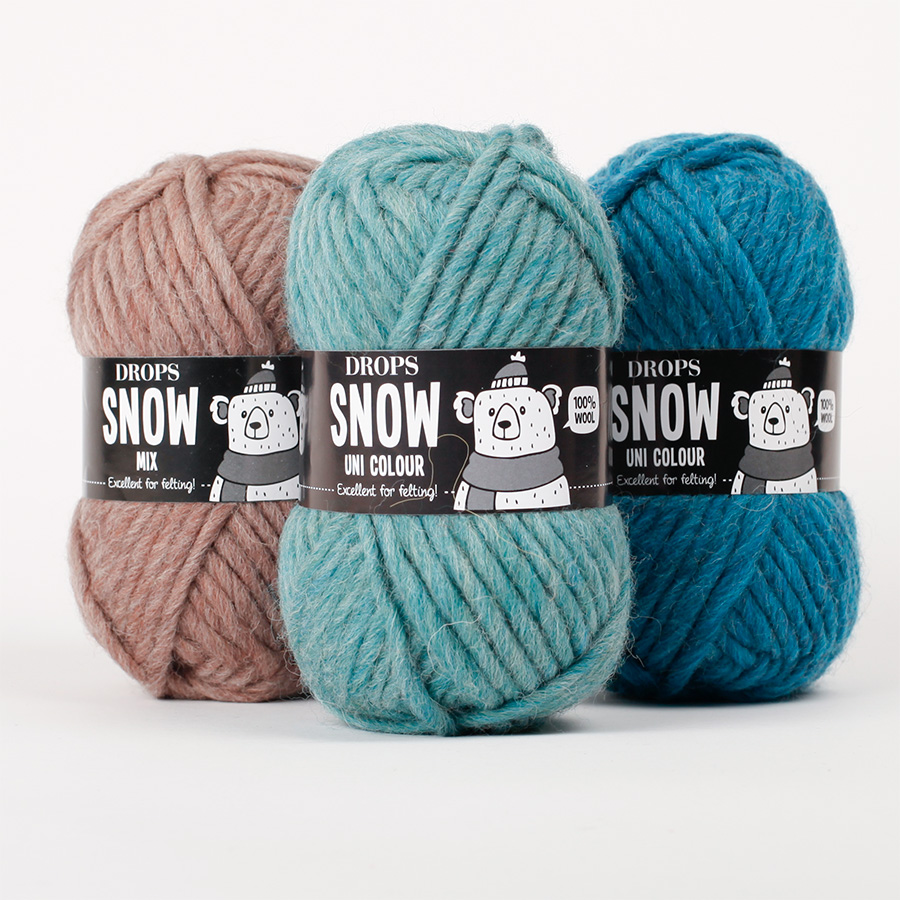
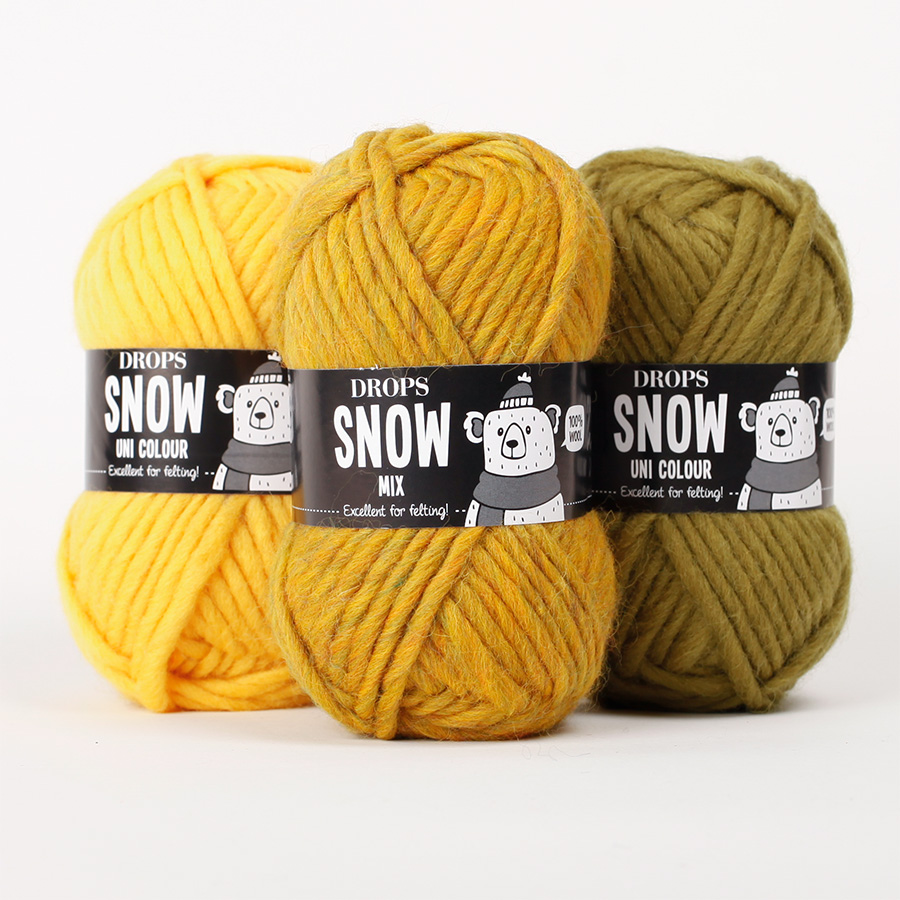
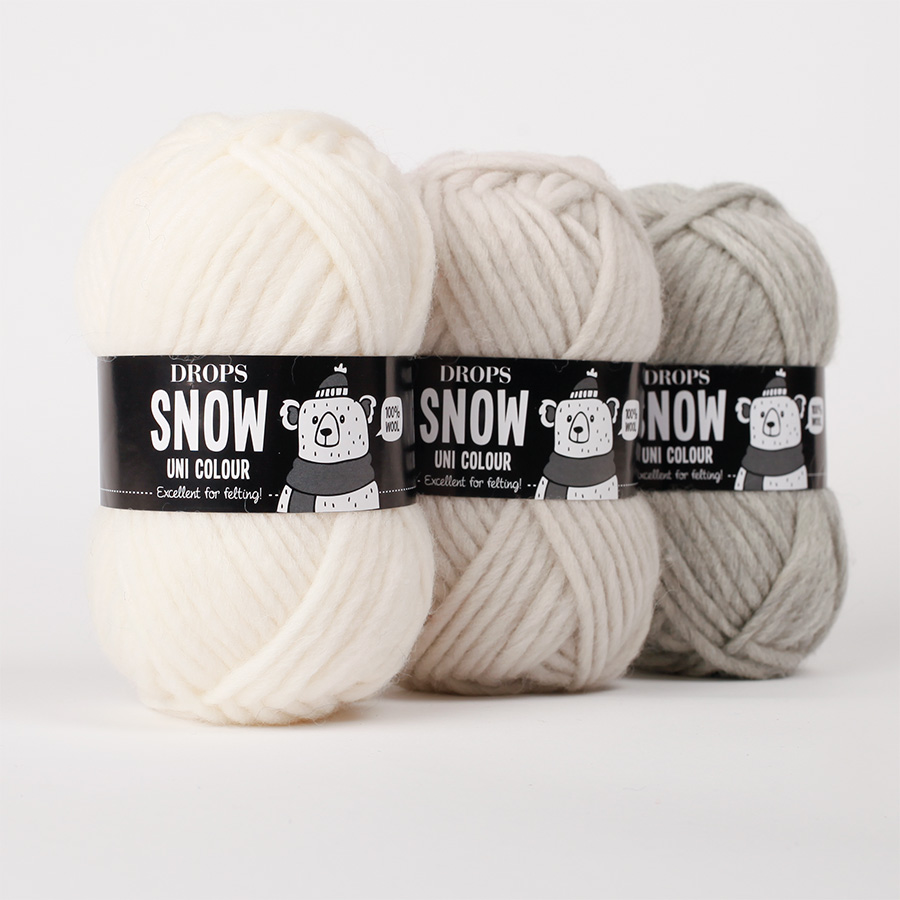
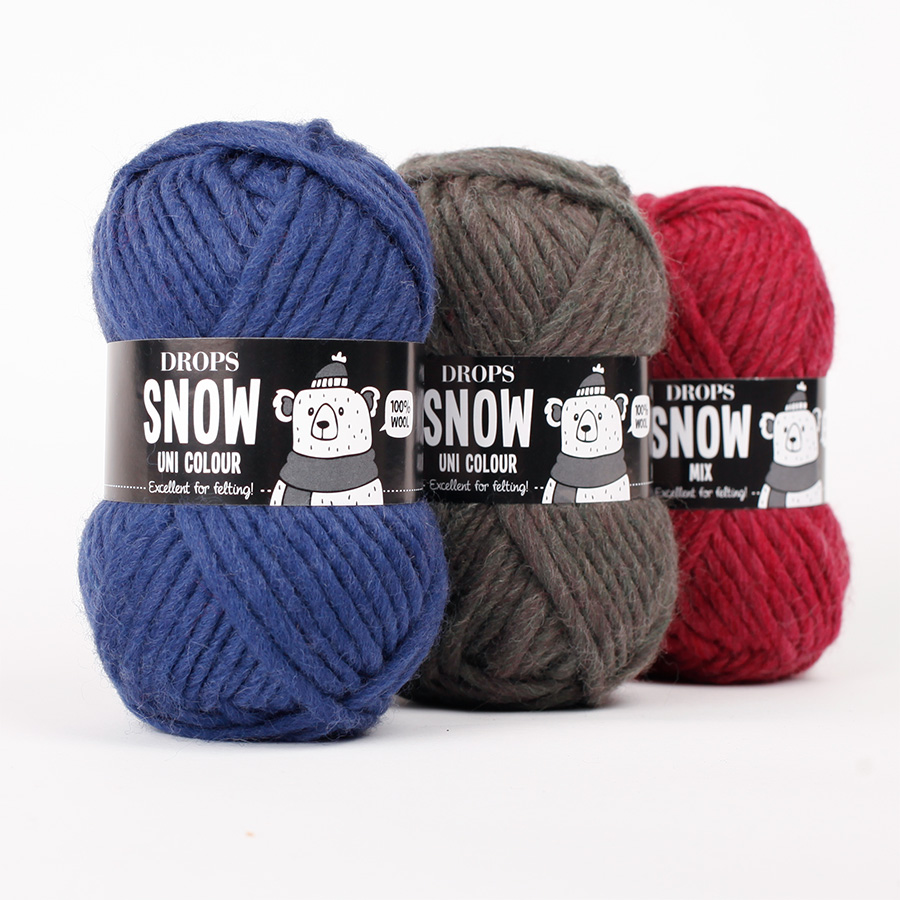
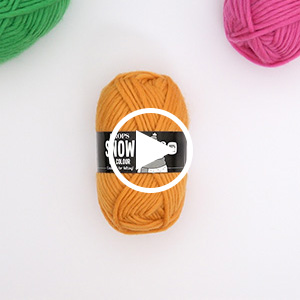









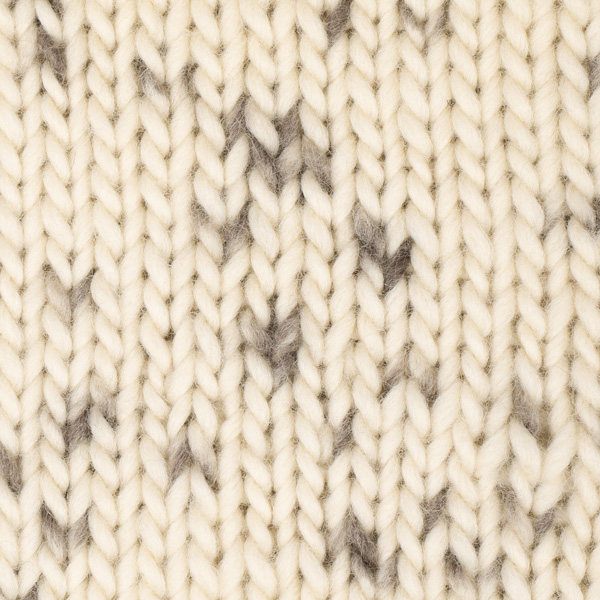
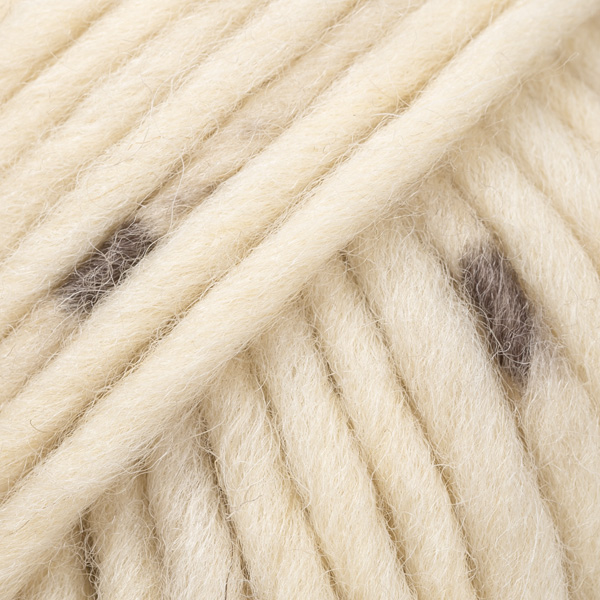

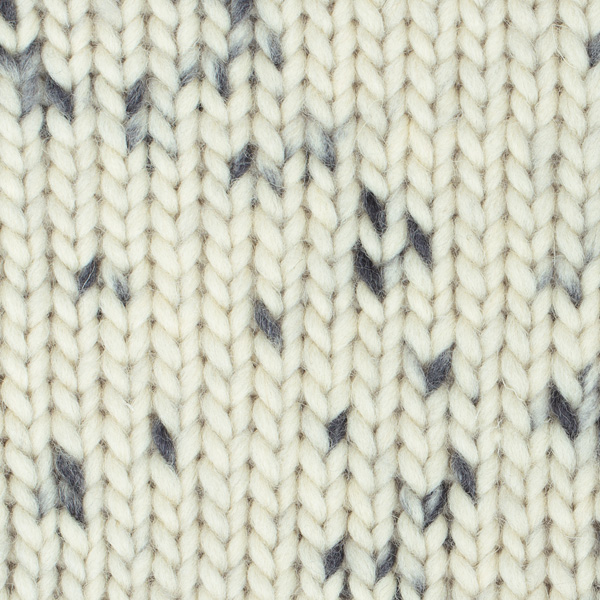
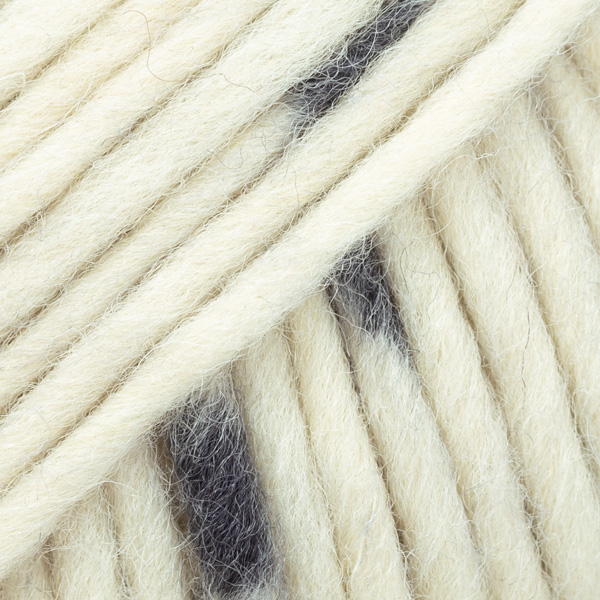

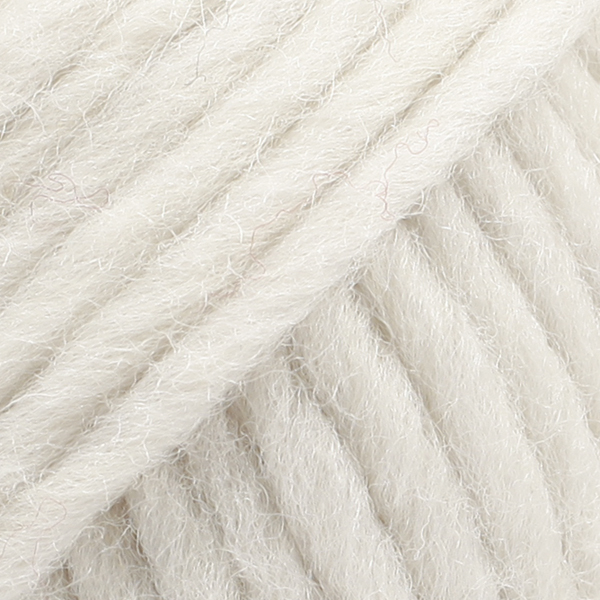

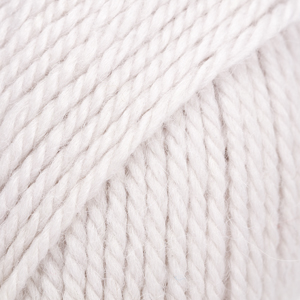


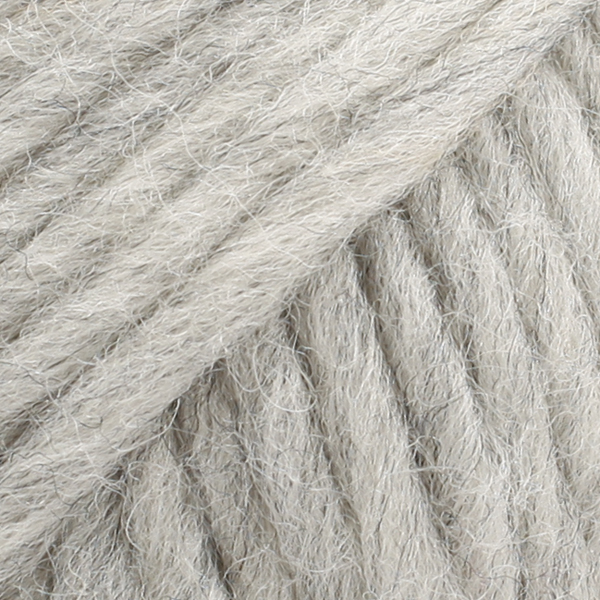

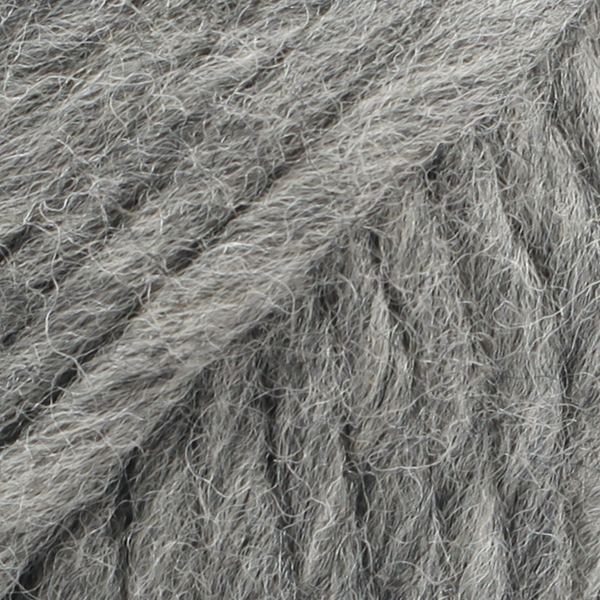







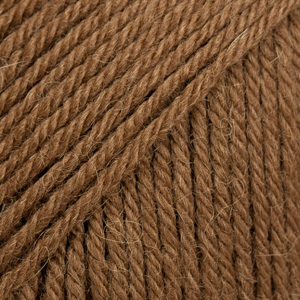




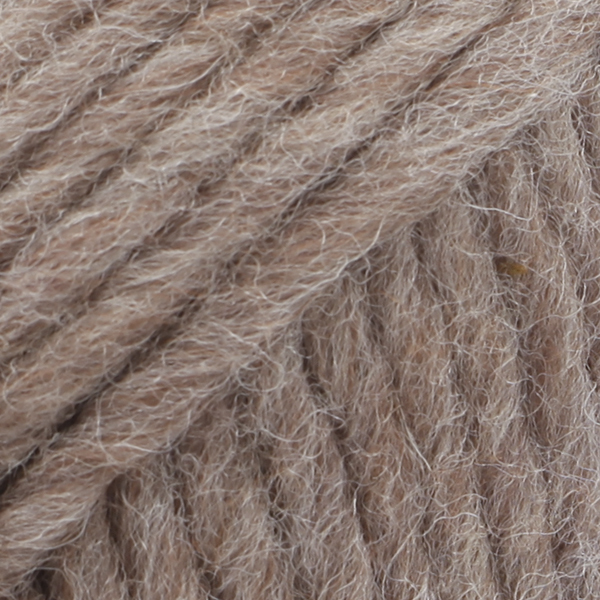



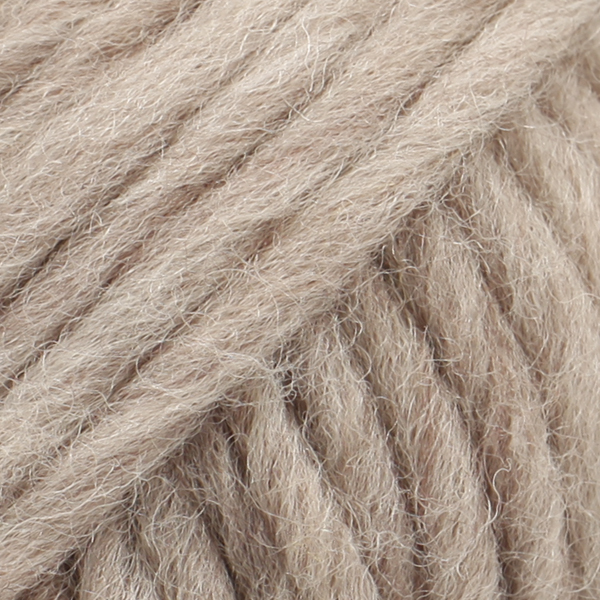



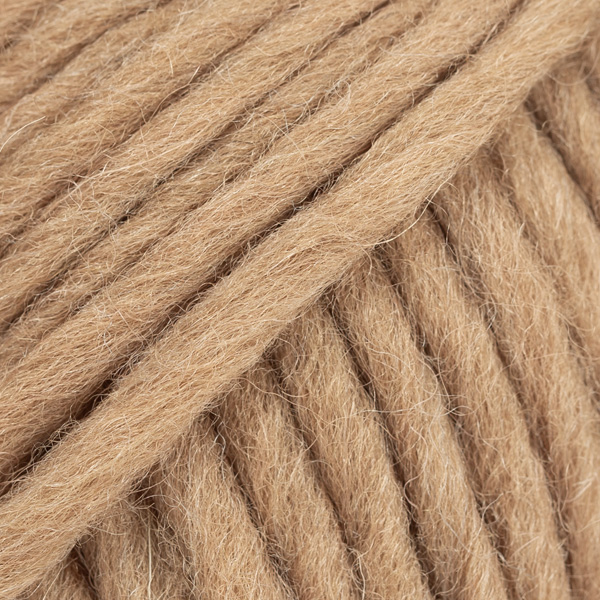

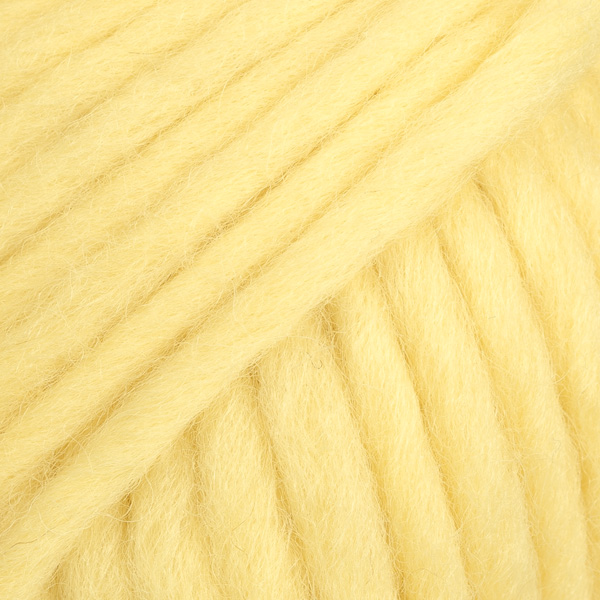





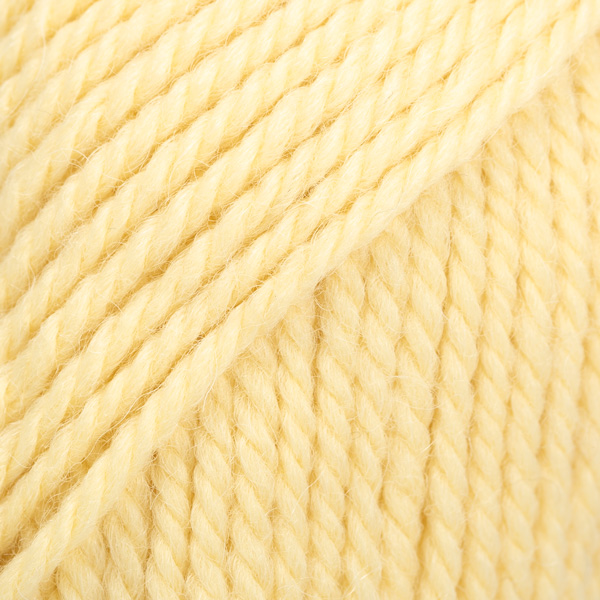

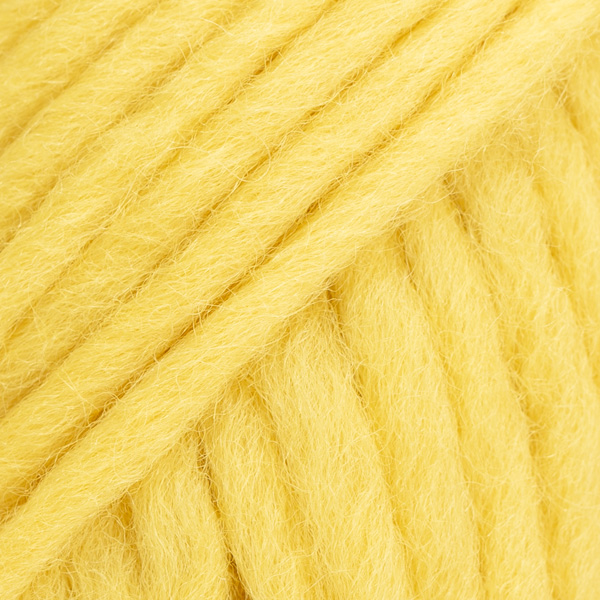



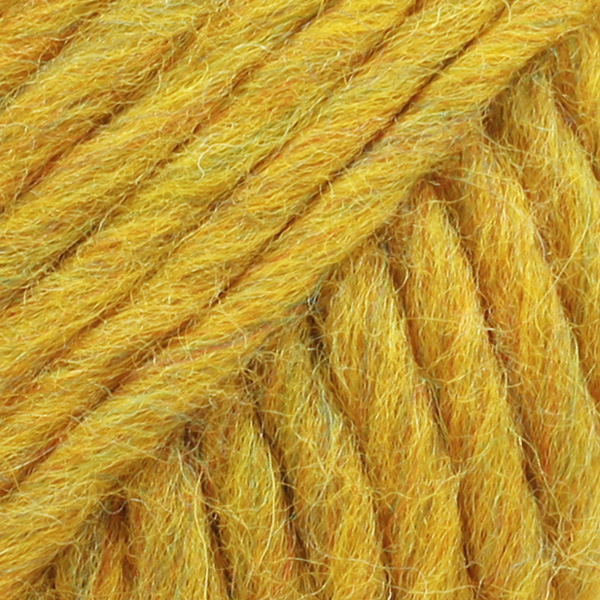


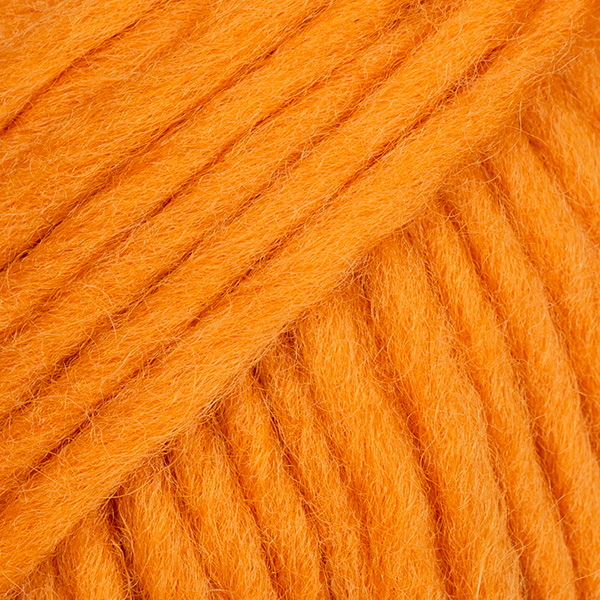





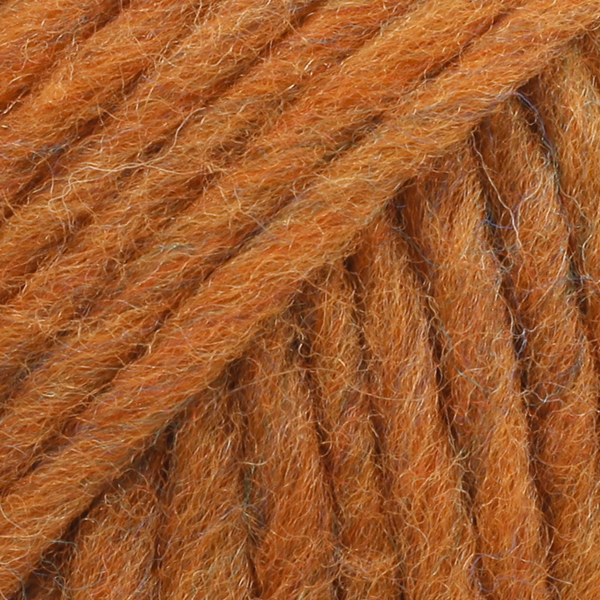

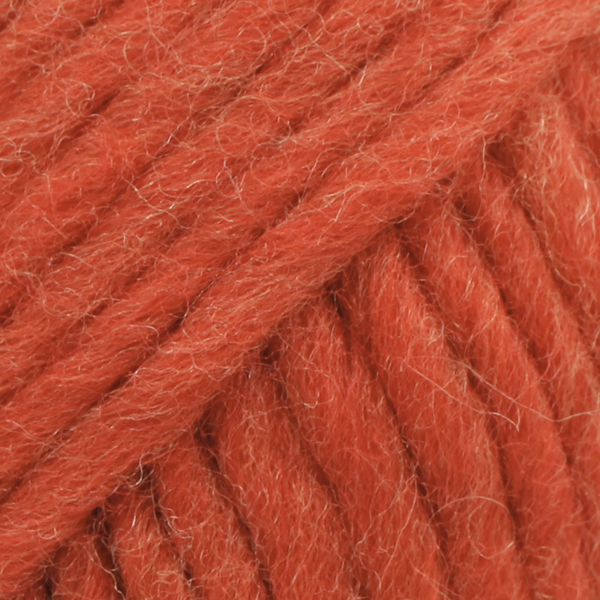

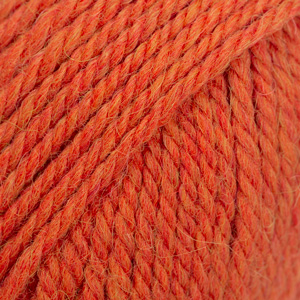


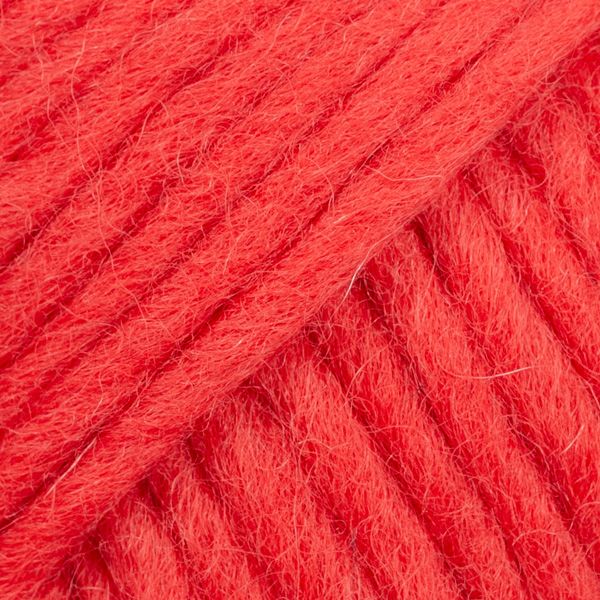

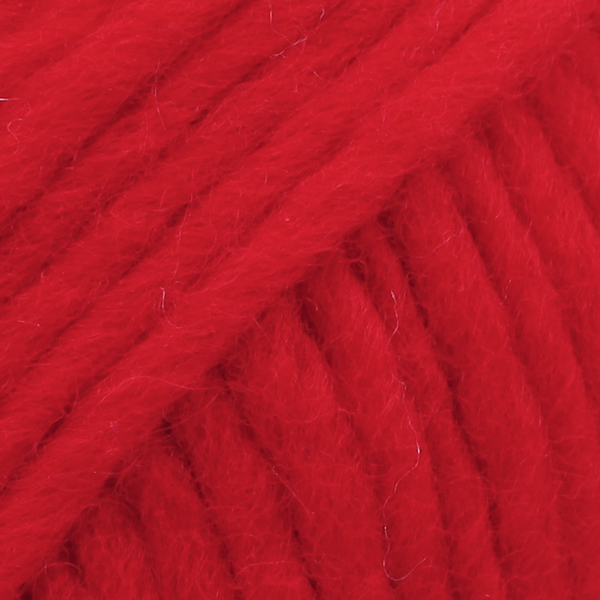








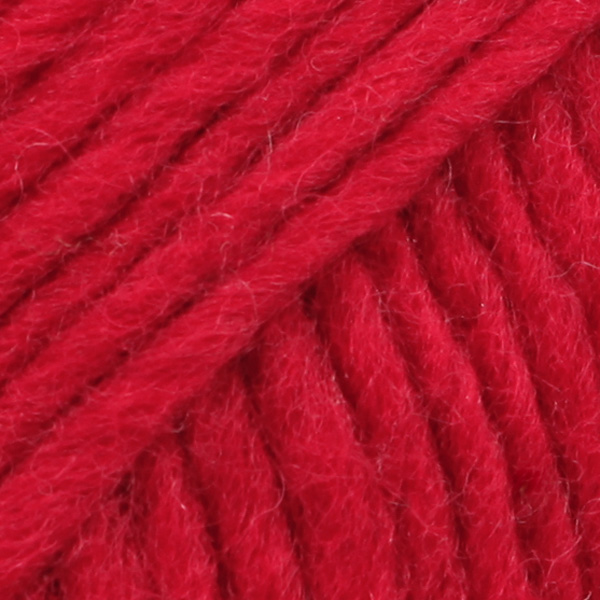



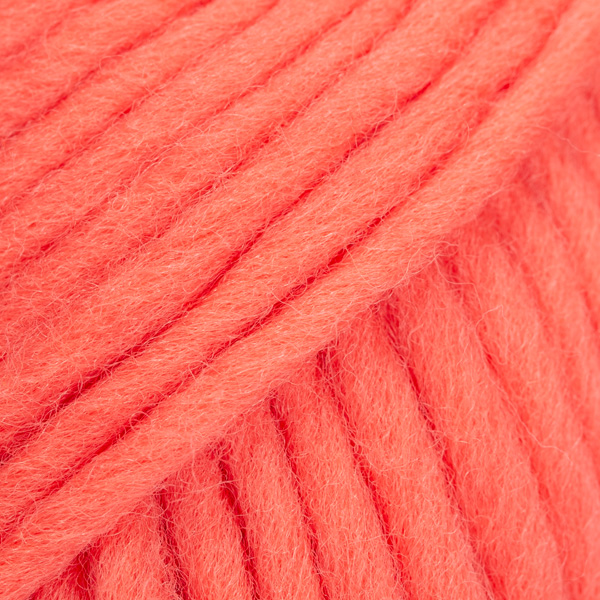



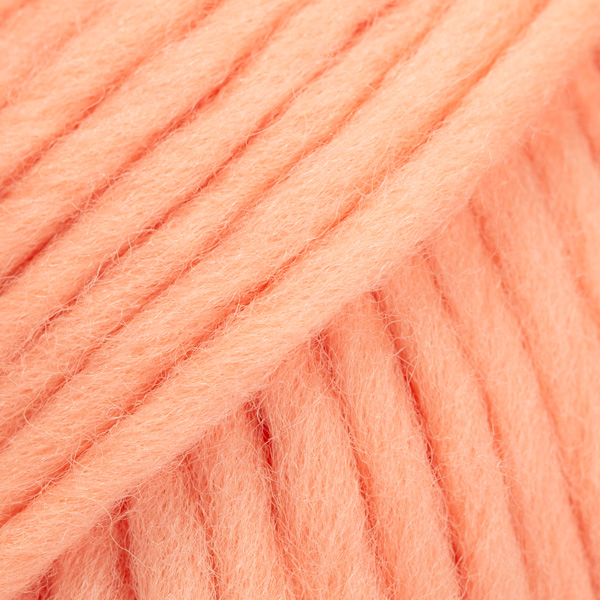





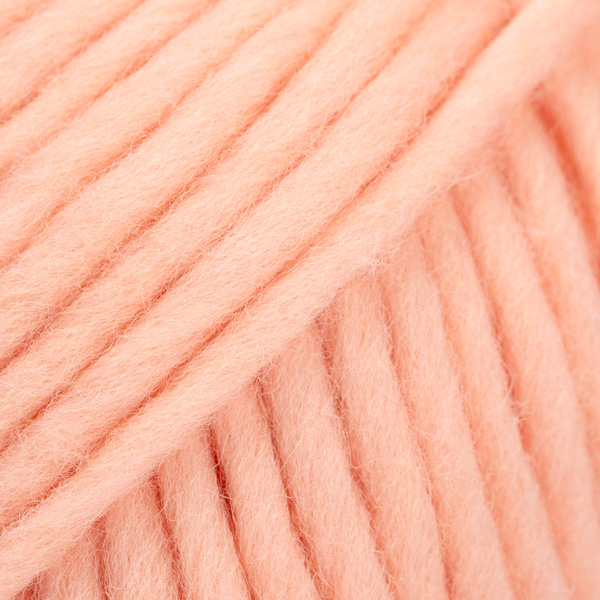

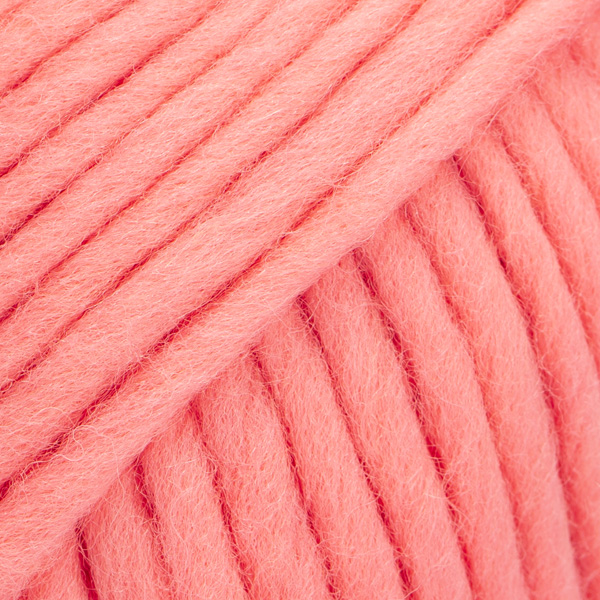



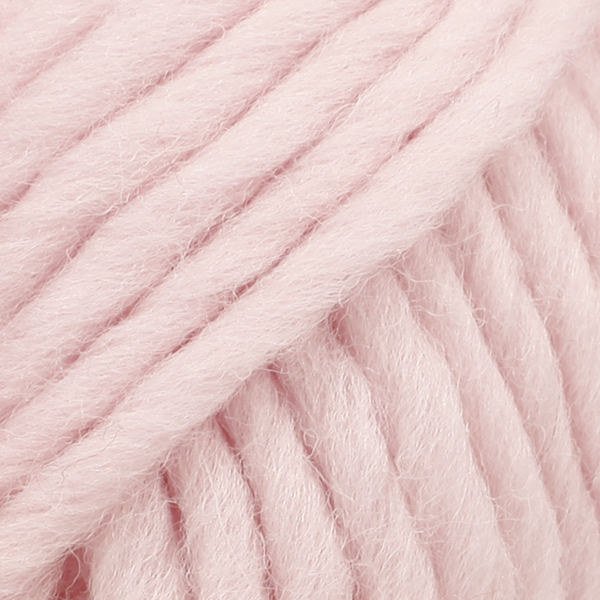


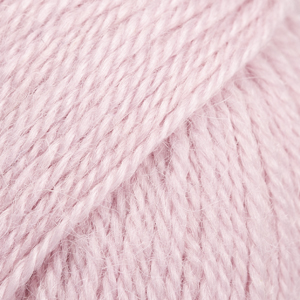







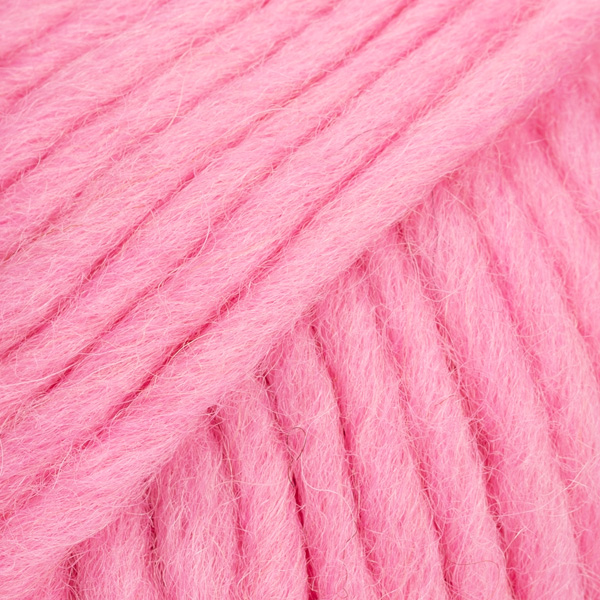

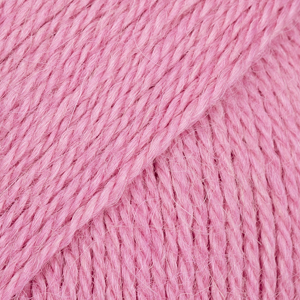


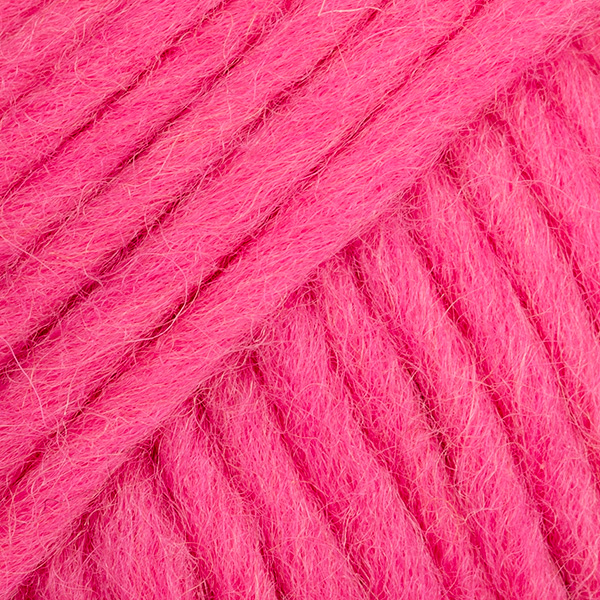






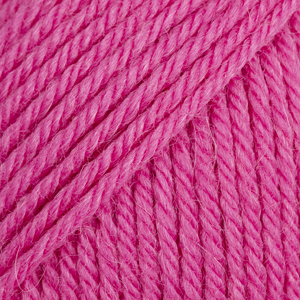





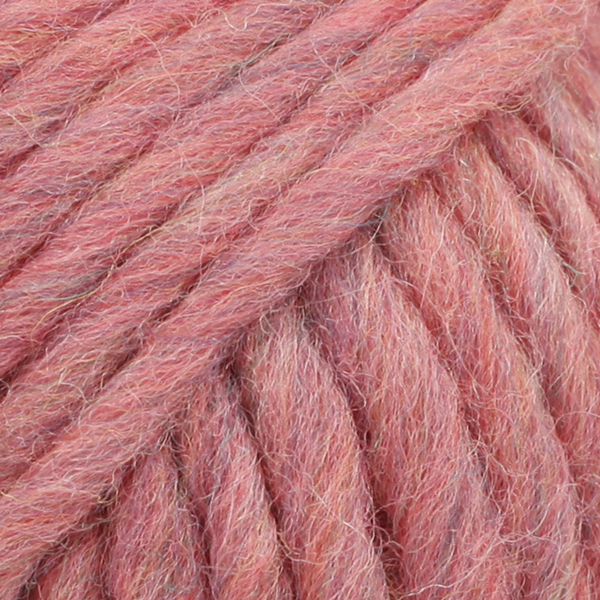

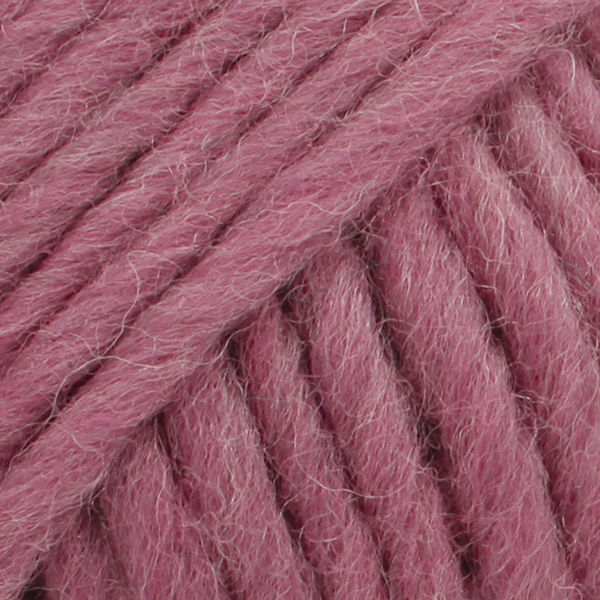

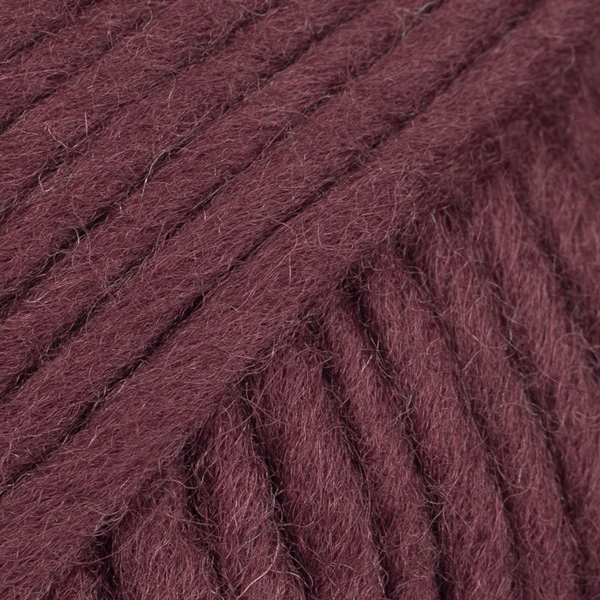

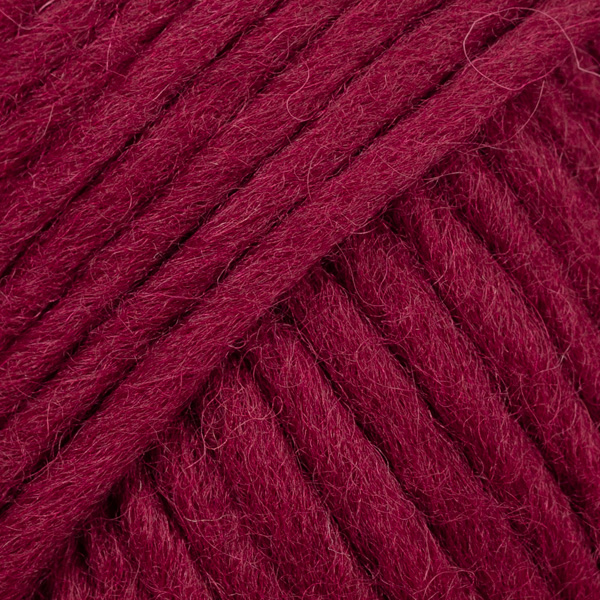







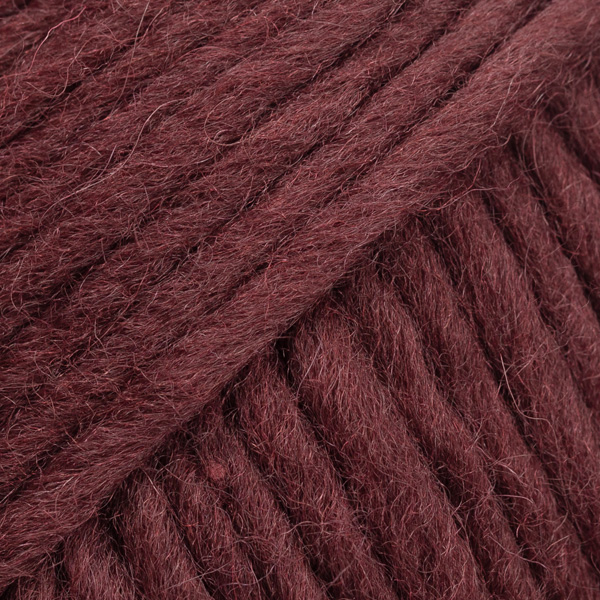



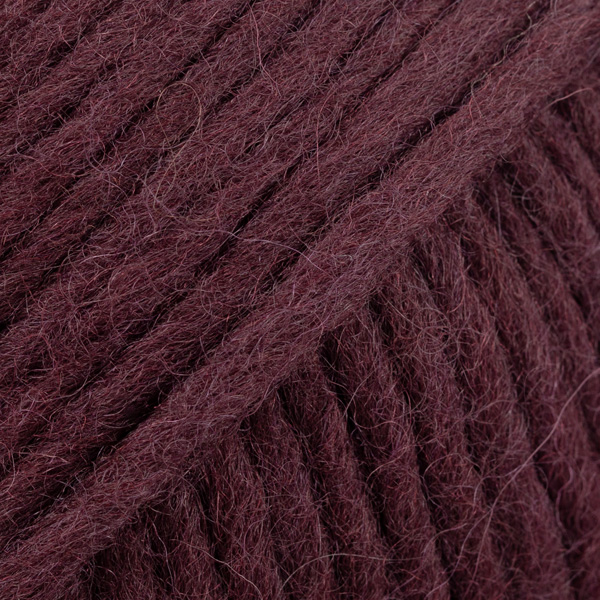



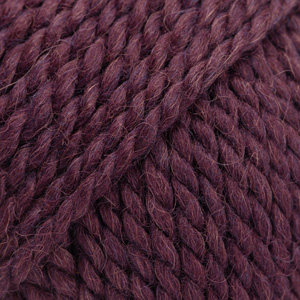






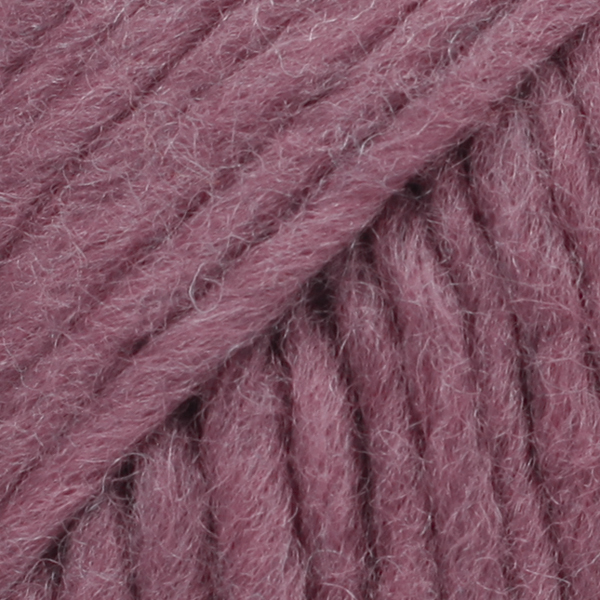




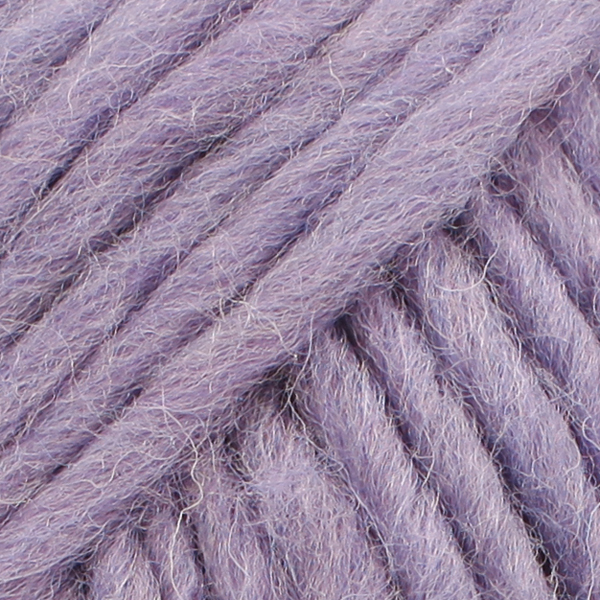





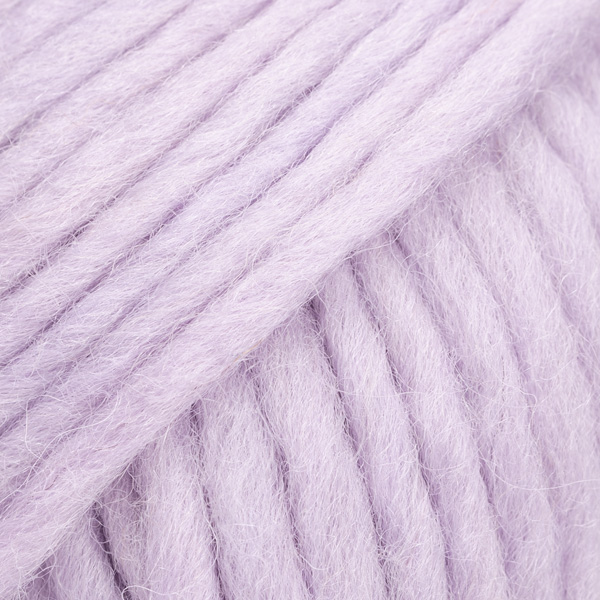
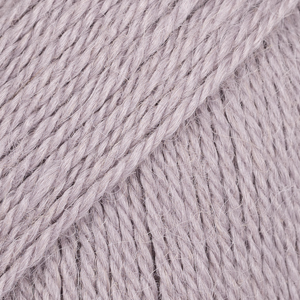




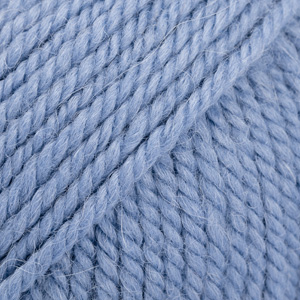



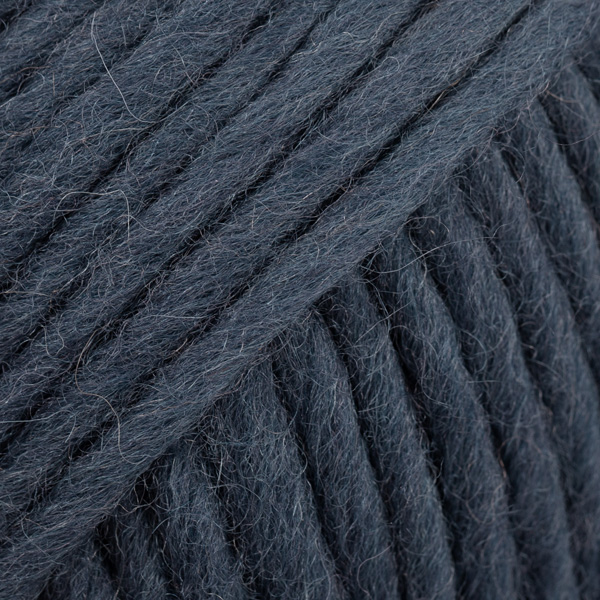




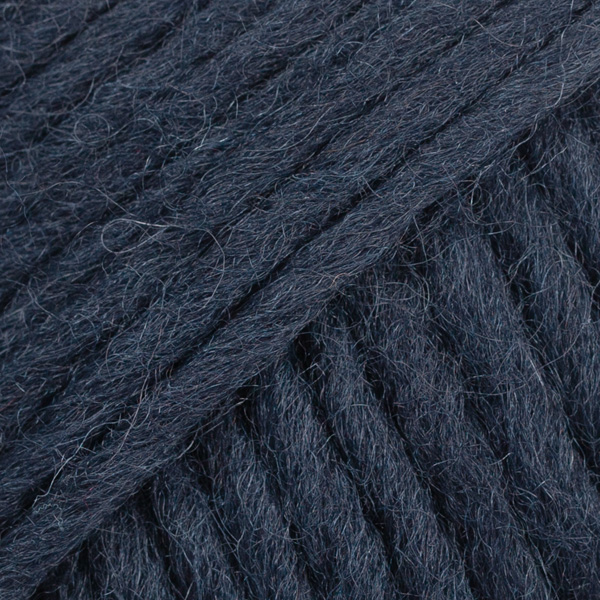








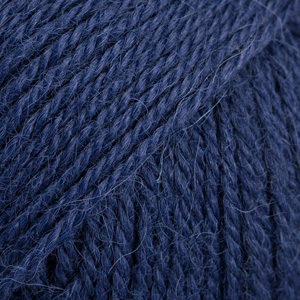




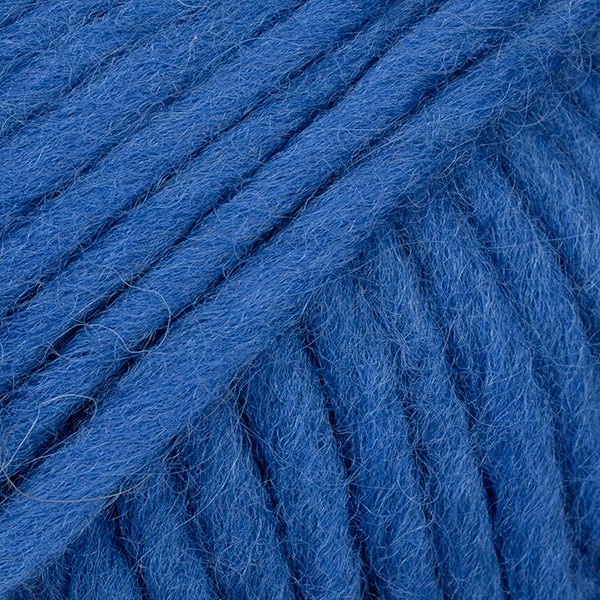











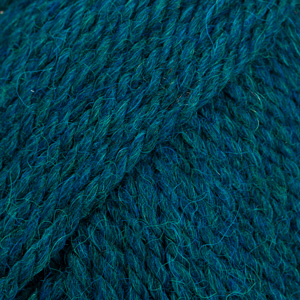

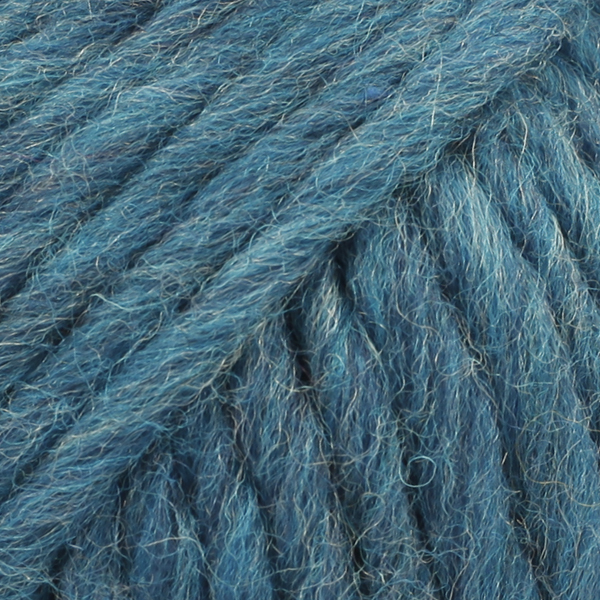





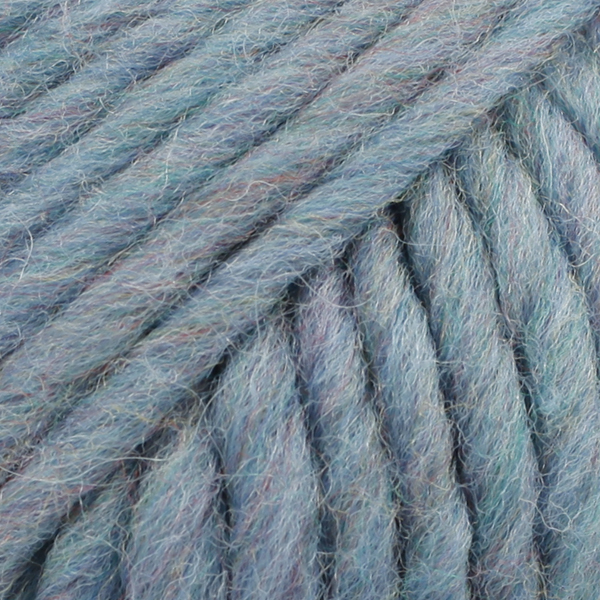

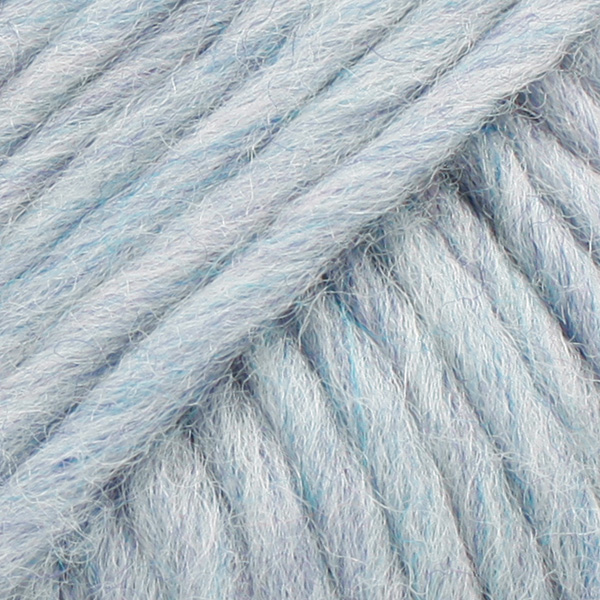



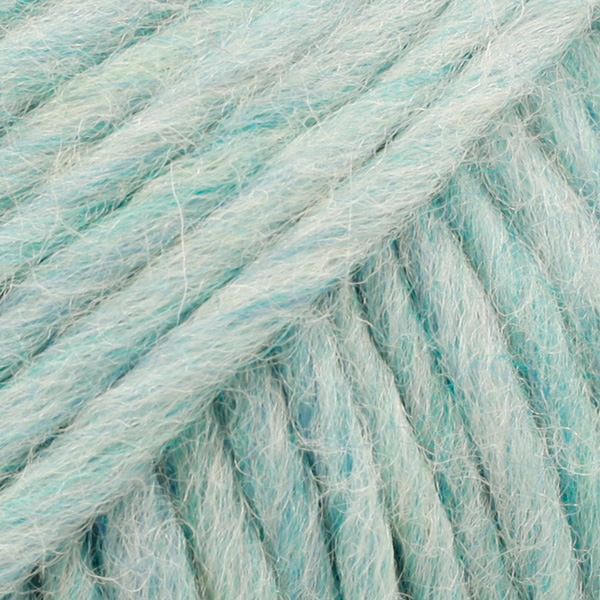






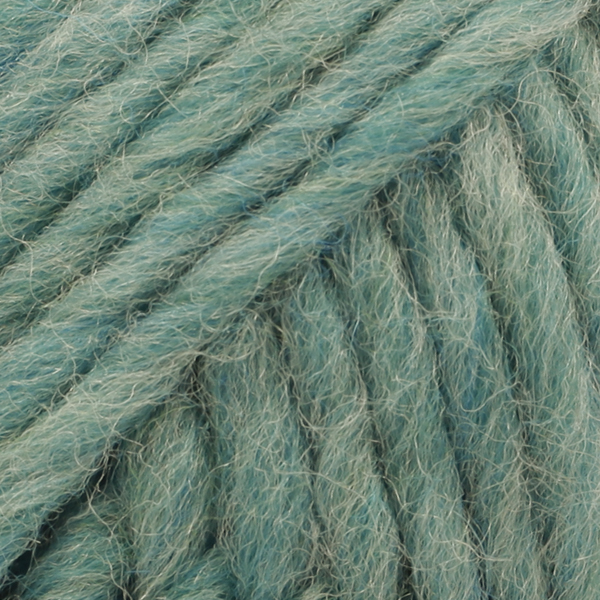





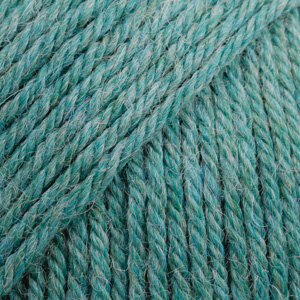



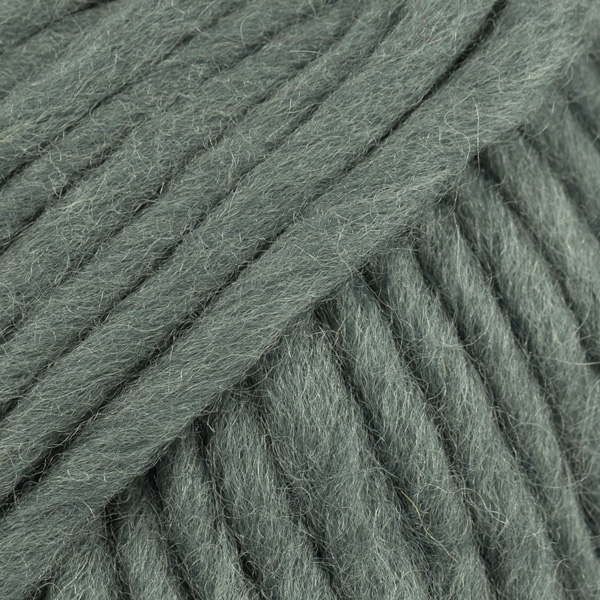

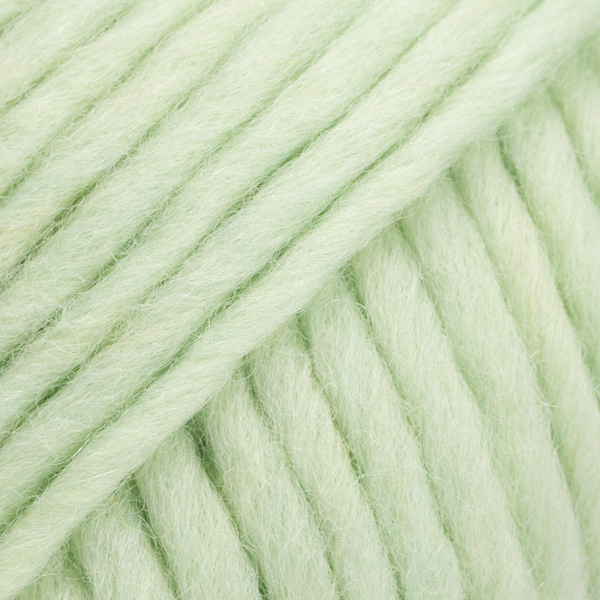

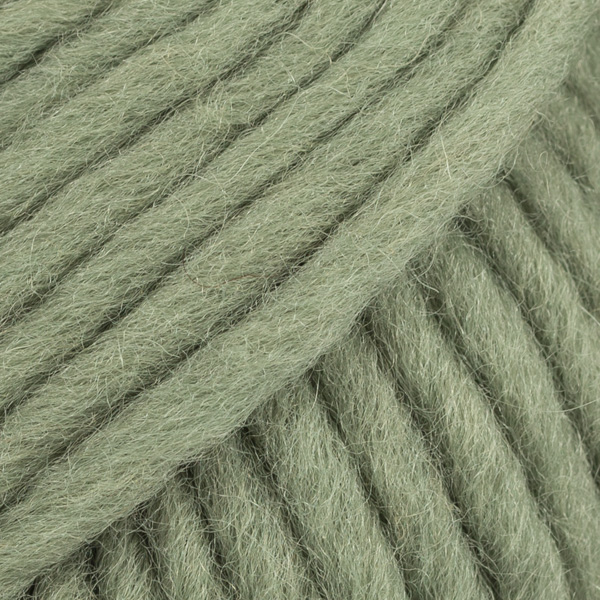

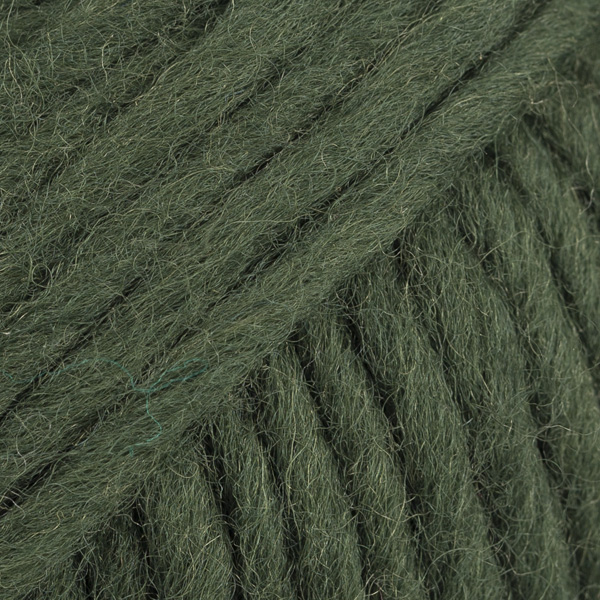
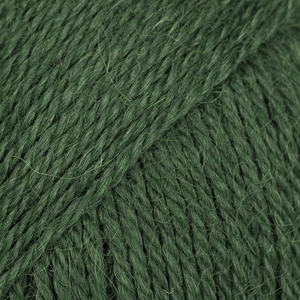


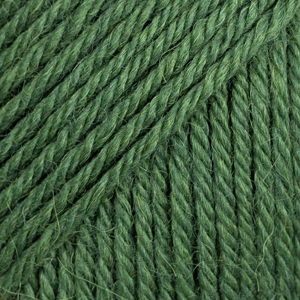
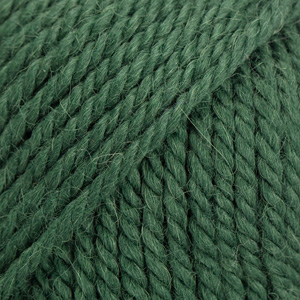




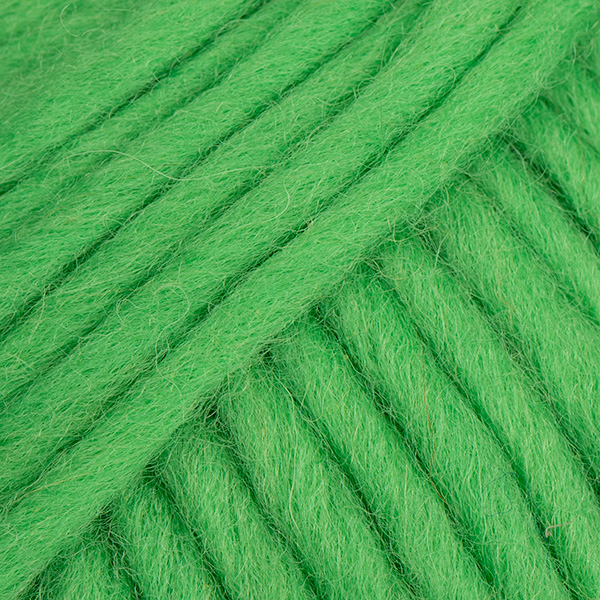















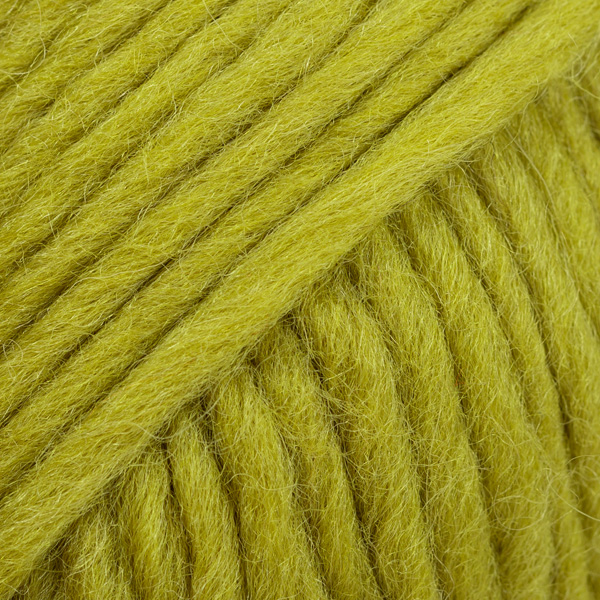




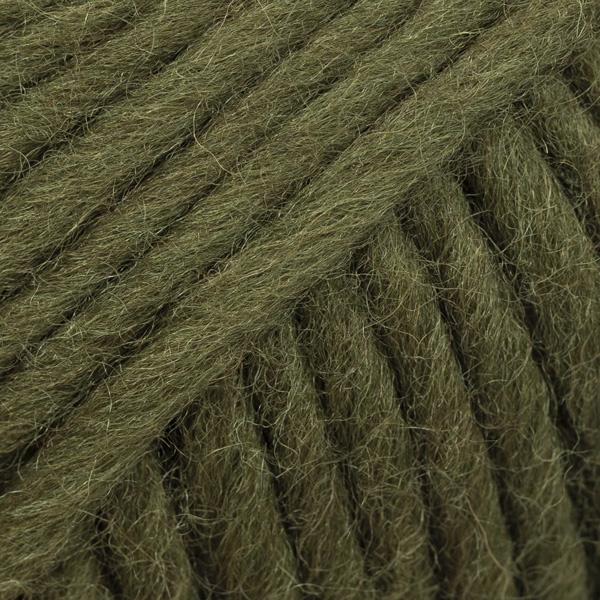




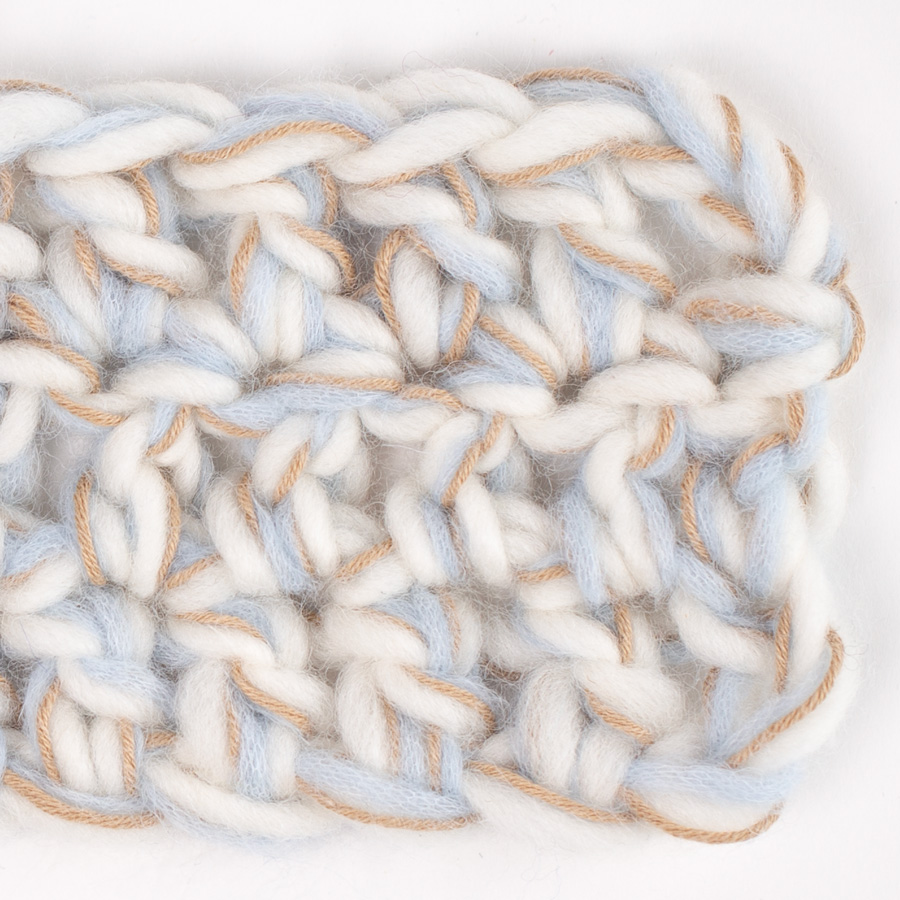
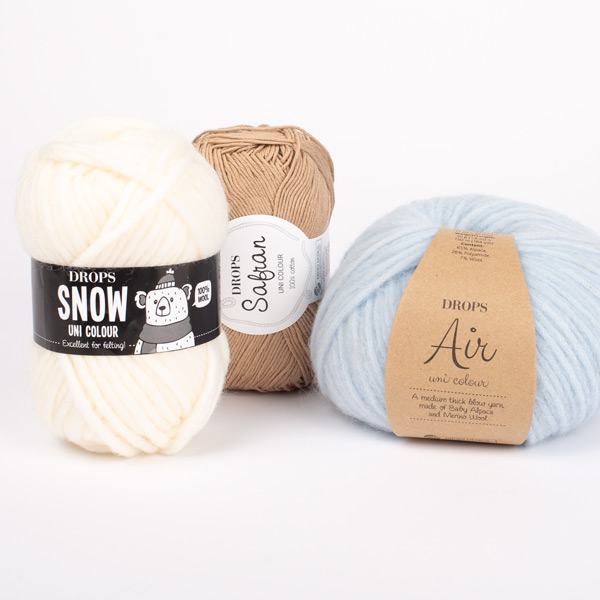
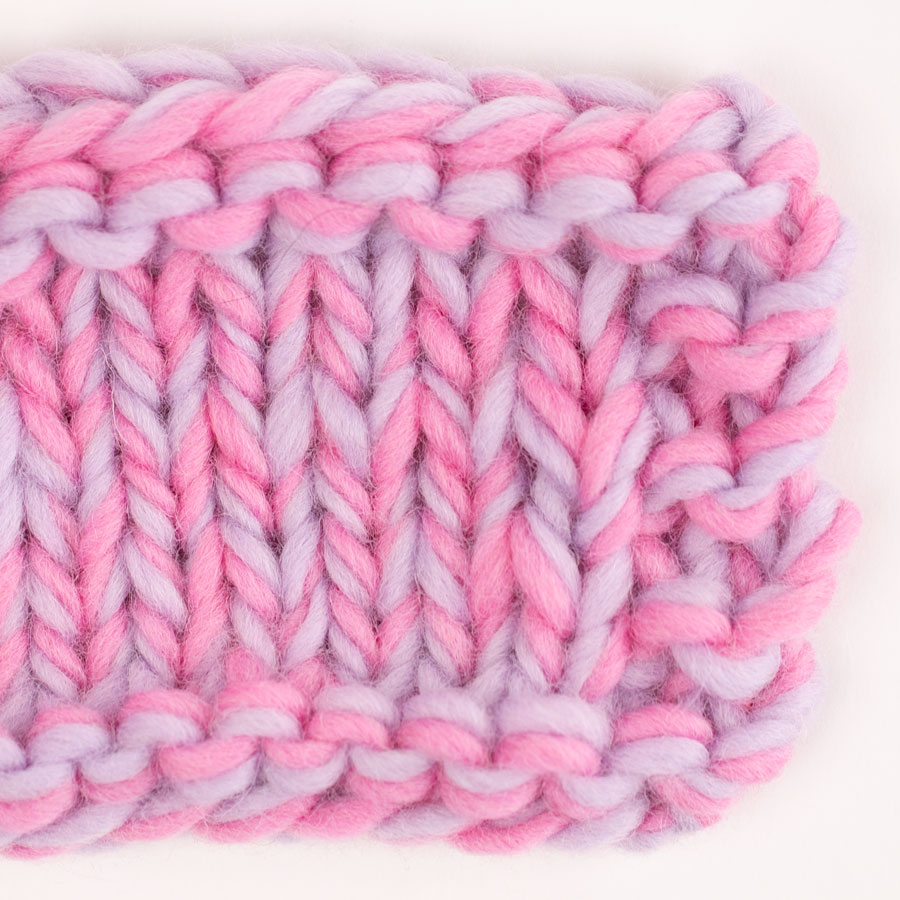
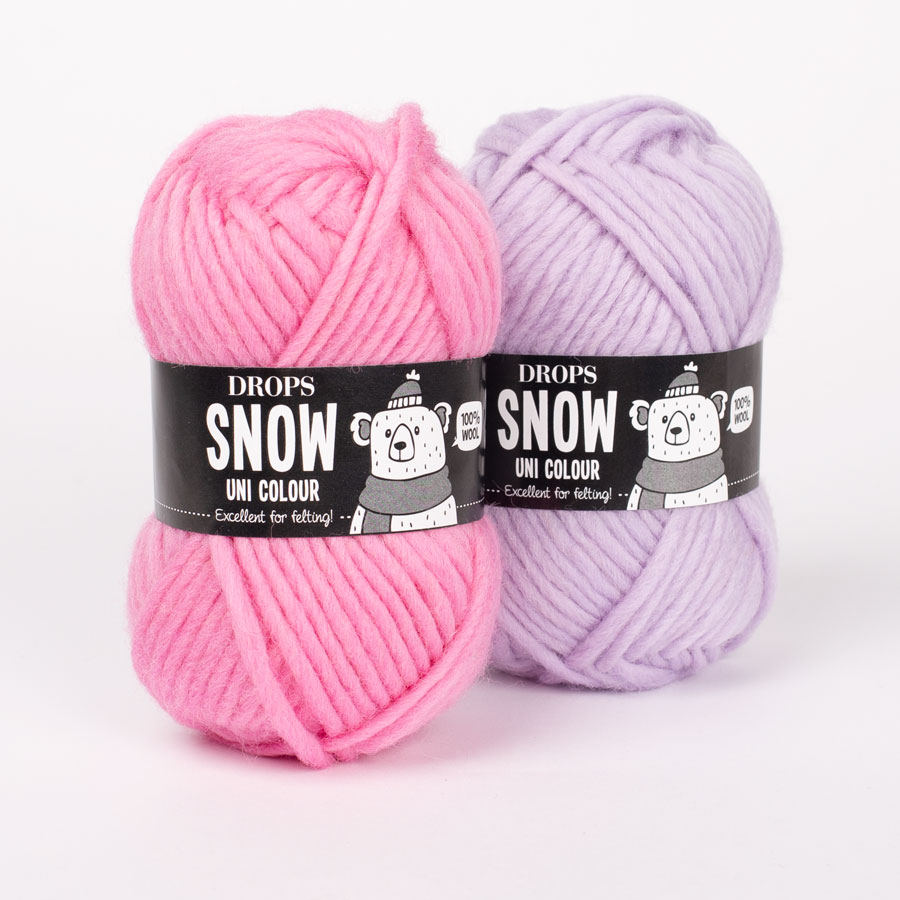
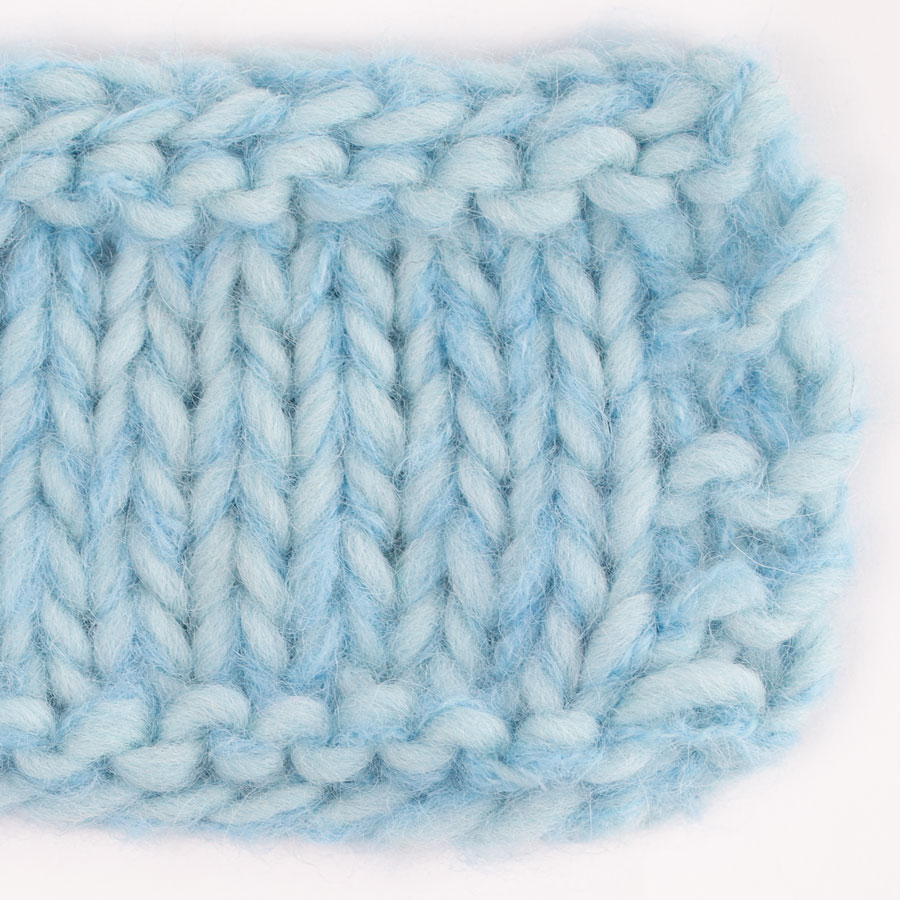
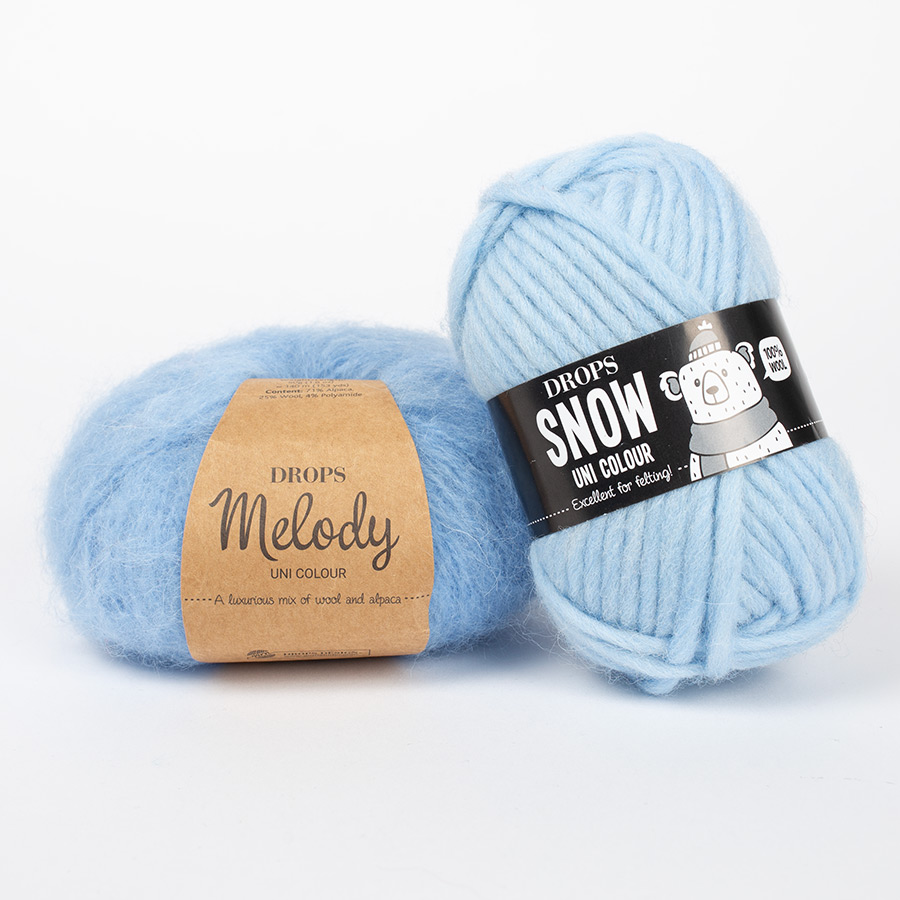
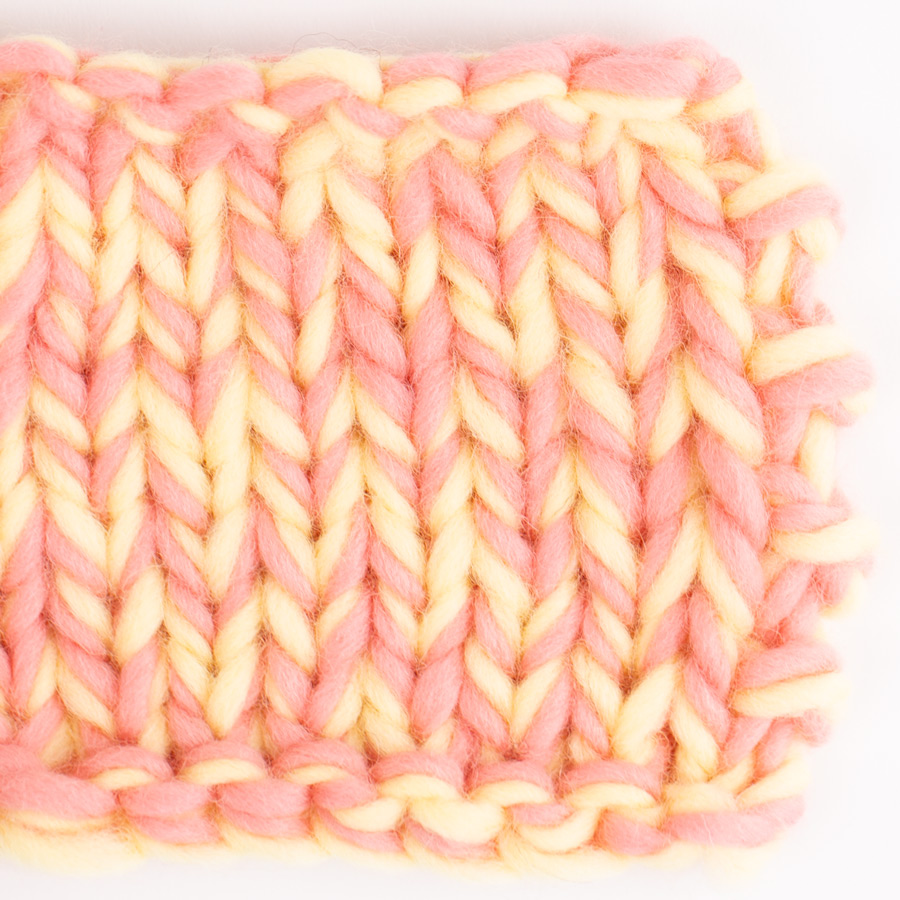
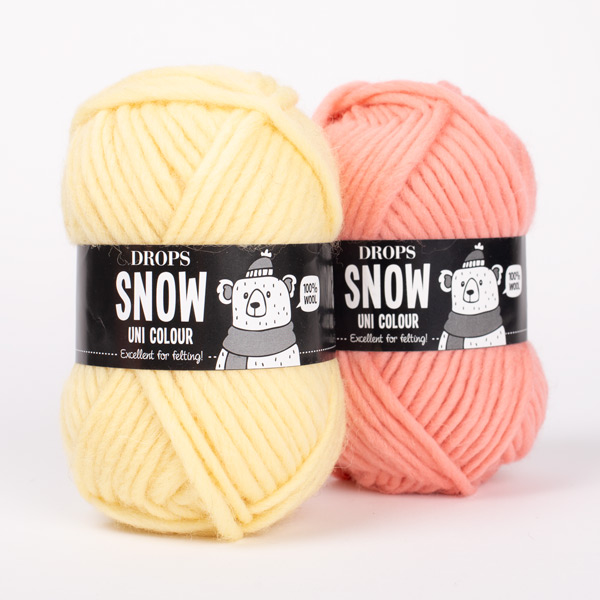
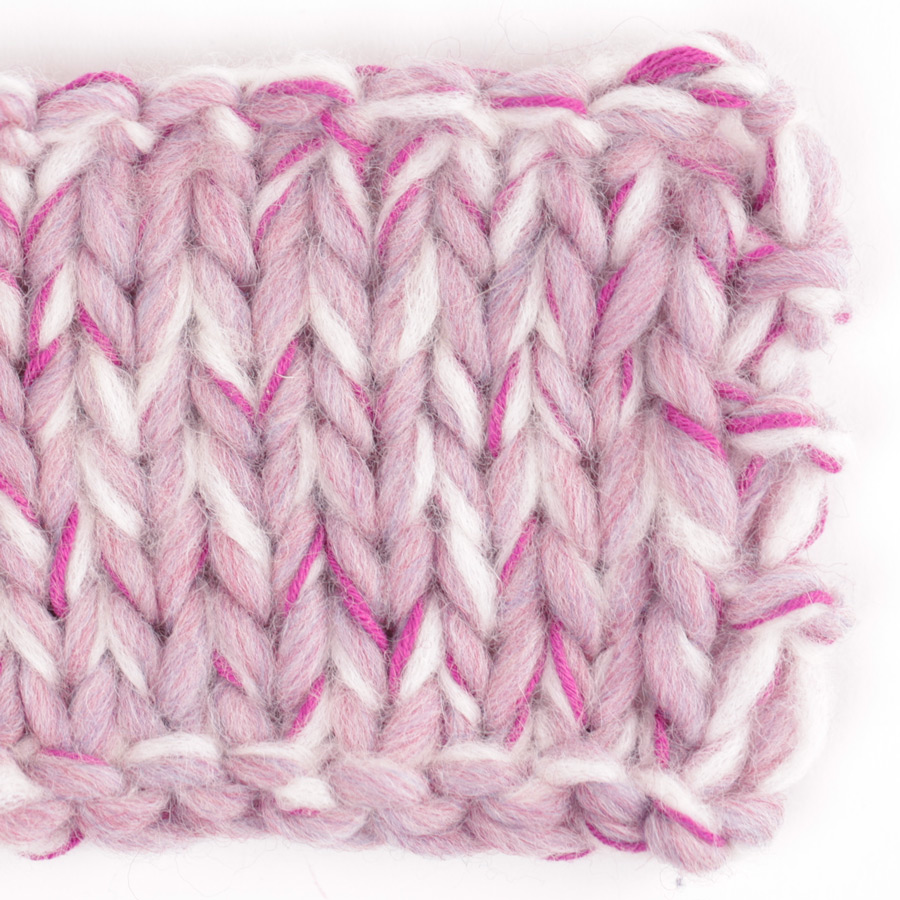
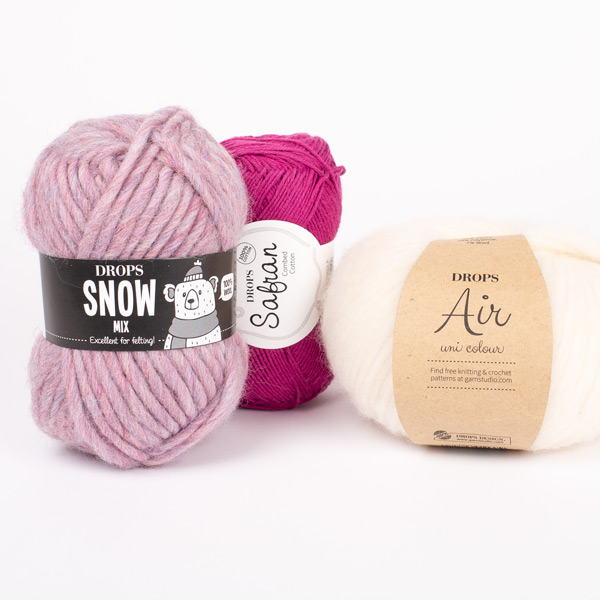
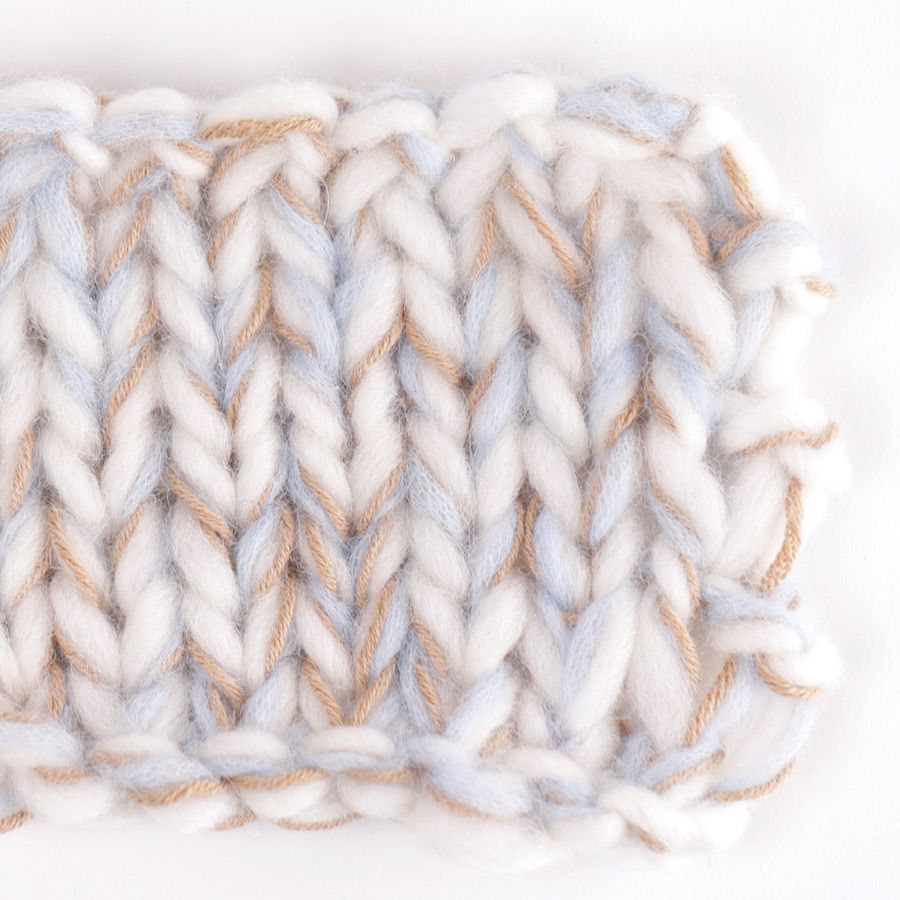
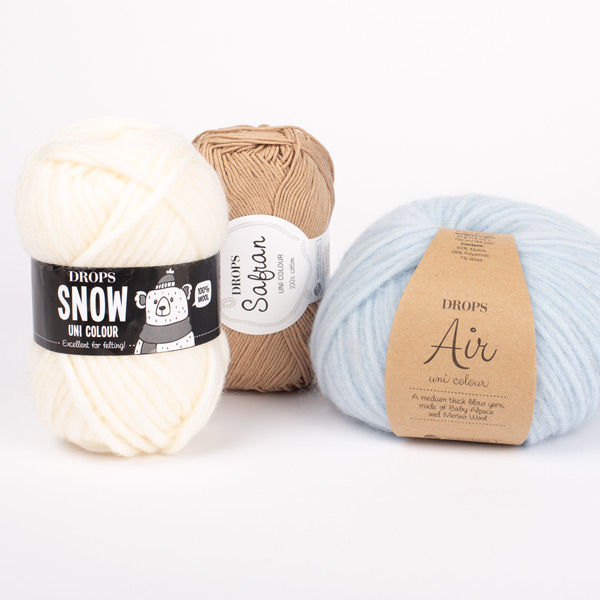
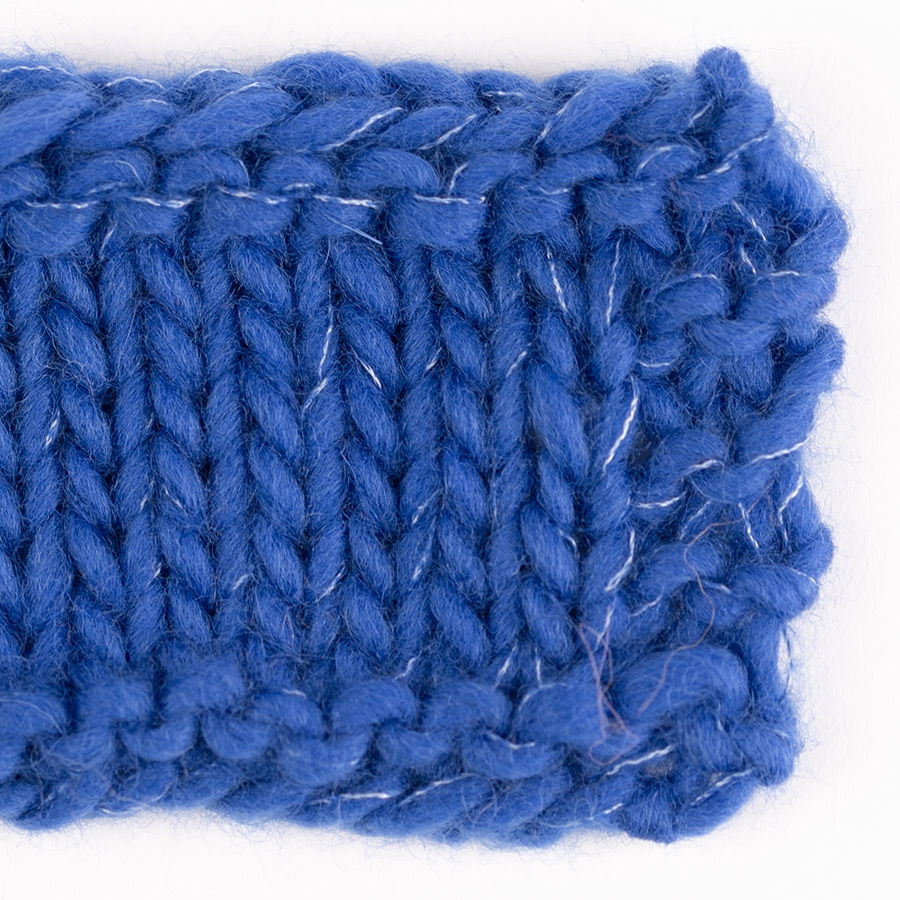
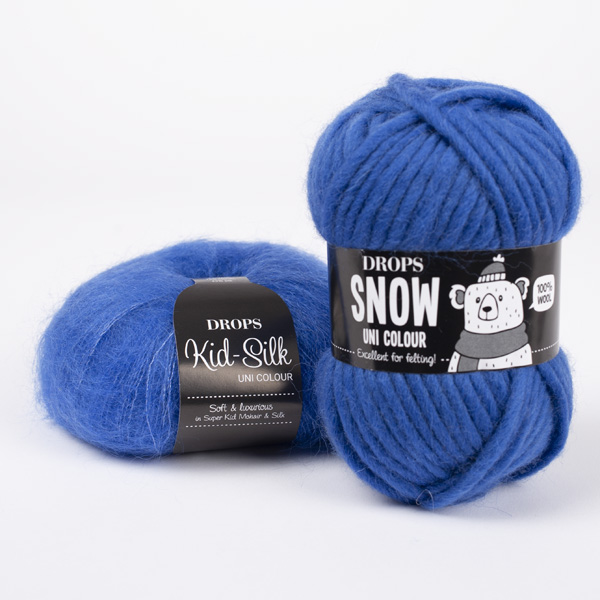








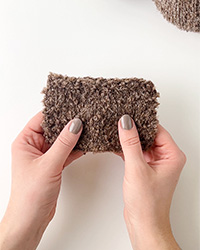

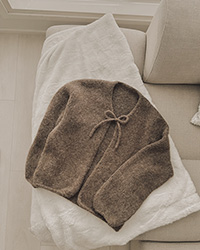
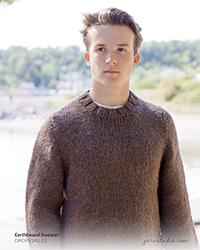
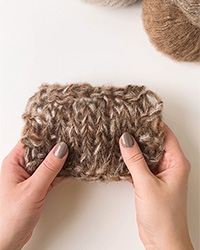
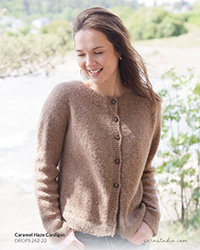
Liebe Drops-Designer, bitte entwerfen Sie doch noch ein paar schöne Modelle für die Eskimo-Print-Farben. Die sind großartig, besonders rost (27) und nachthimmel (63)!
10.06.2017 - 13:41